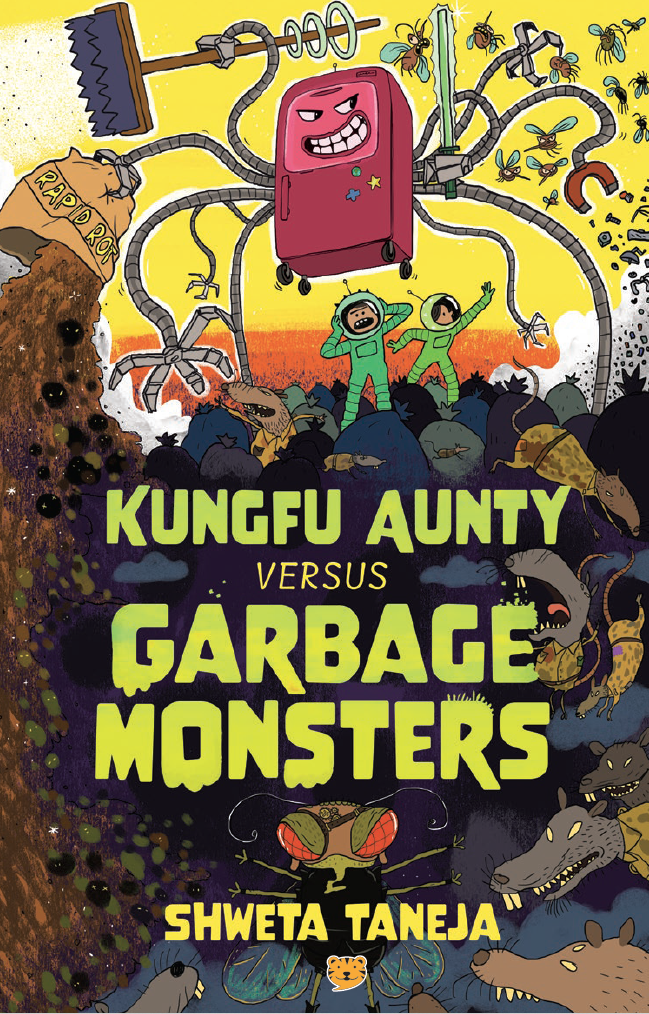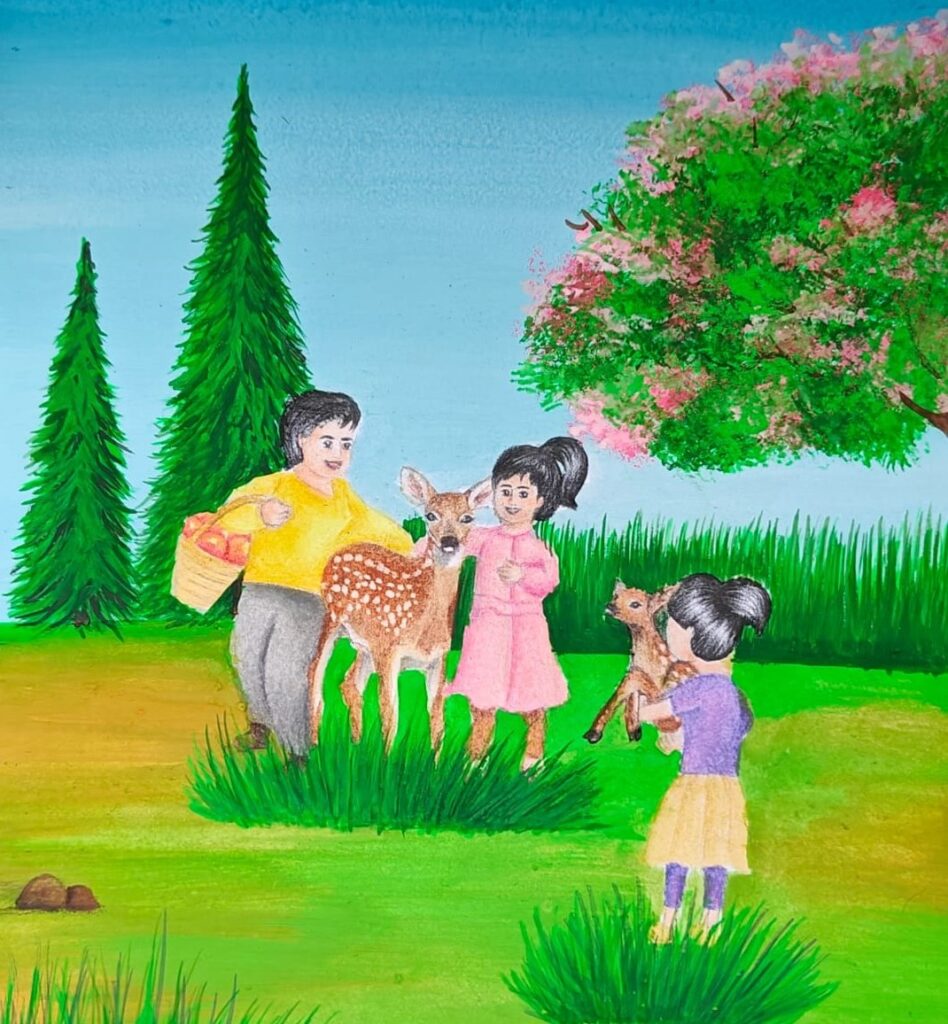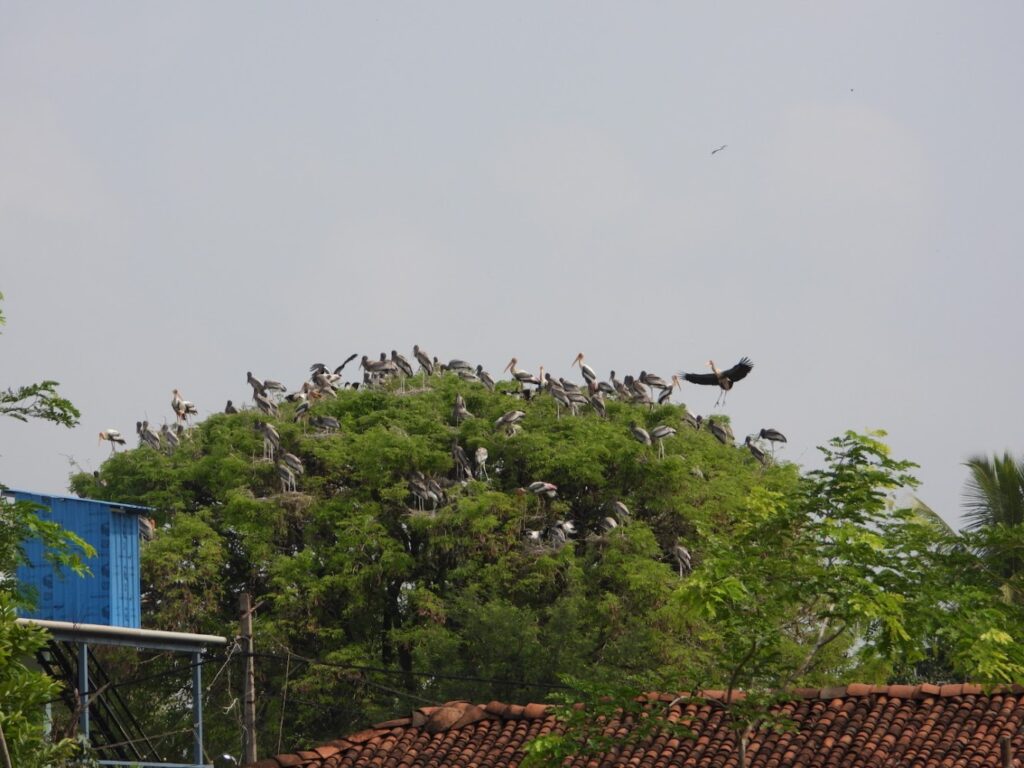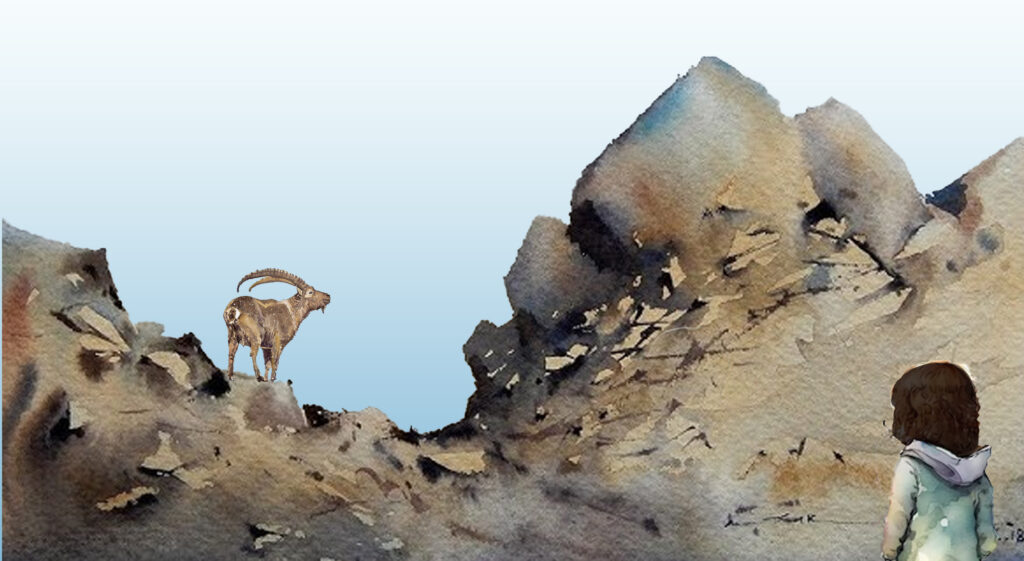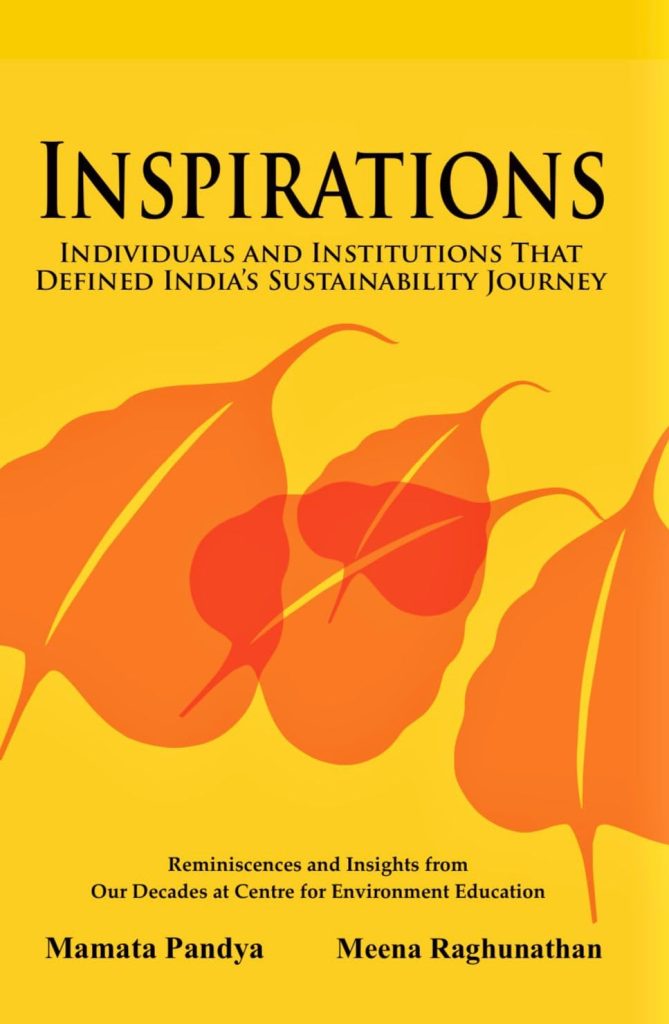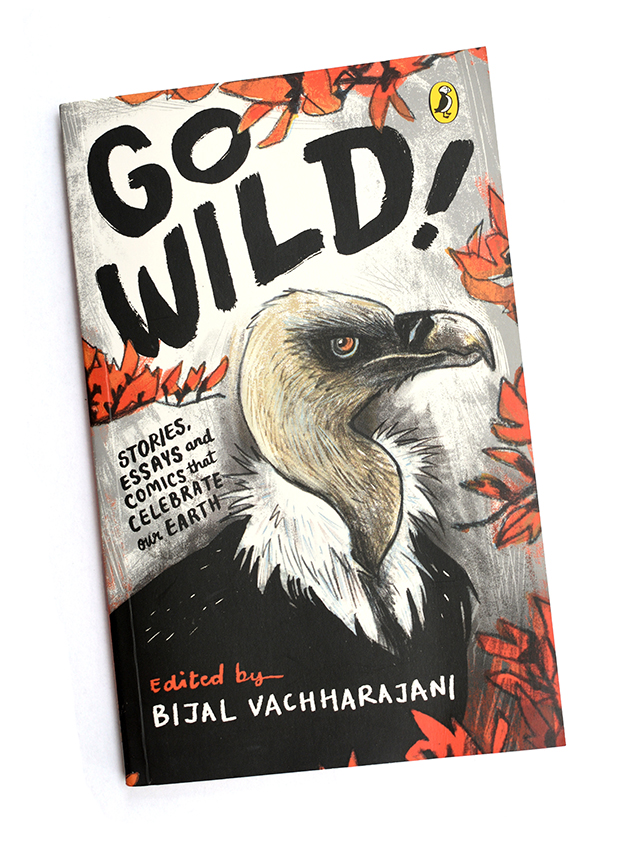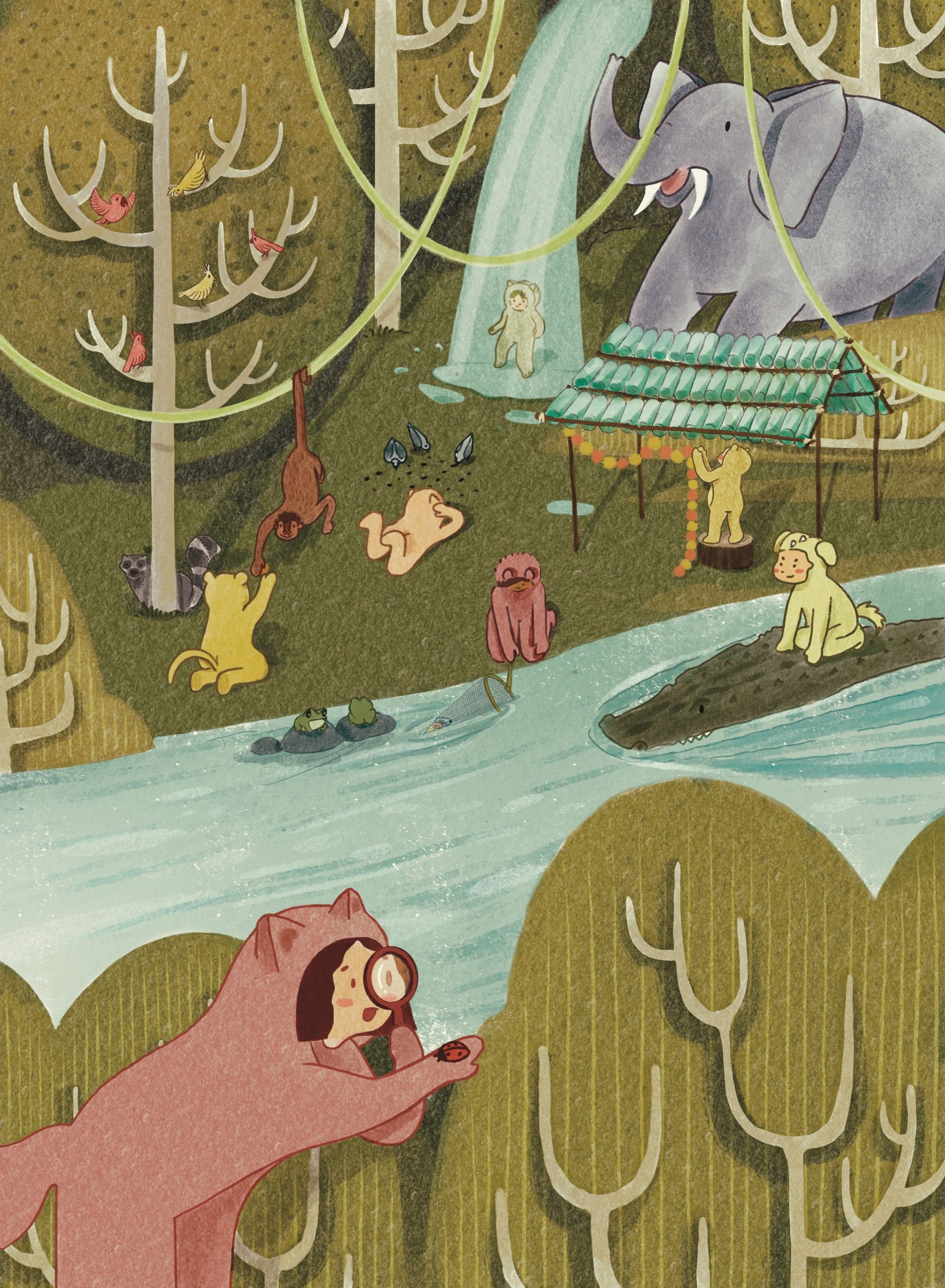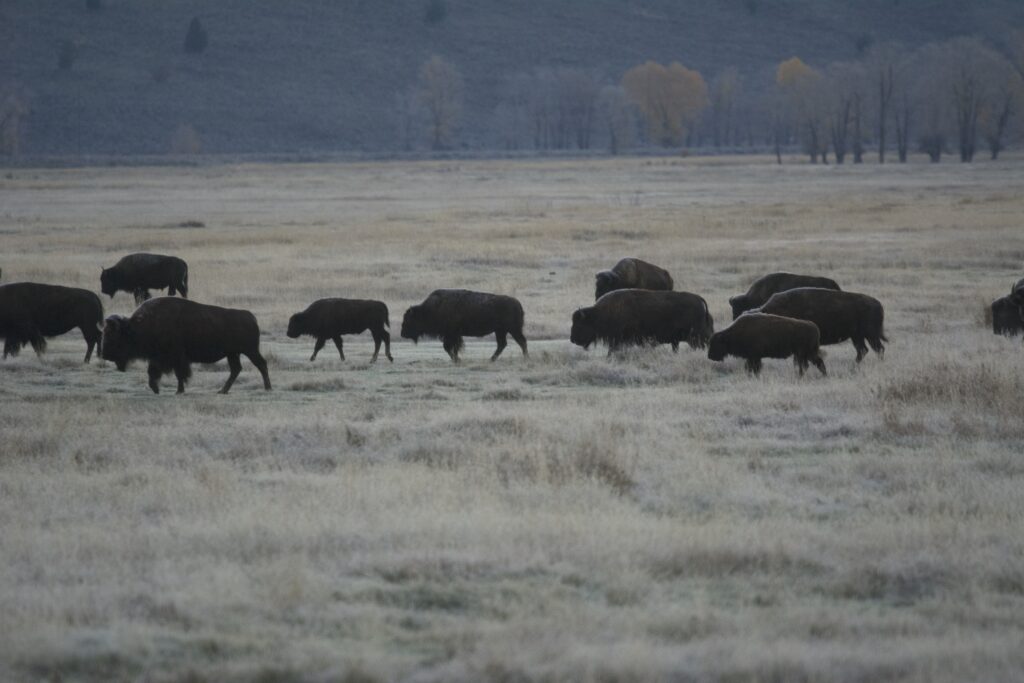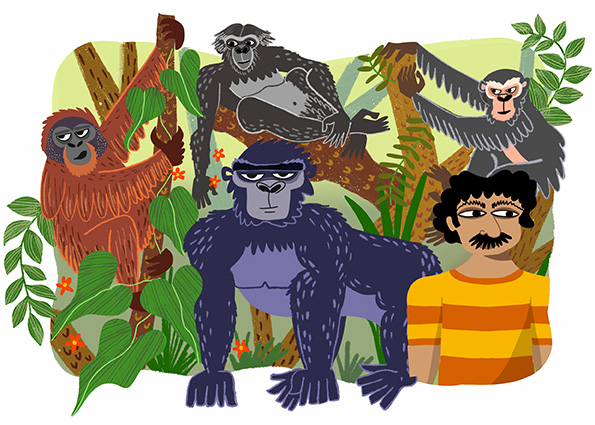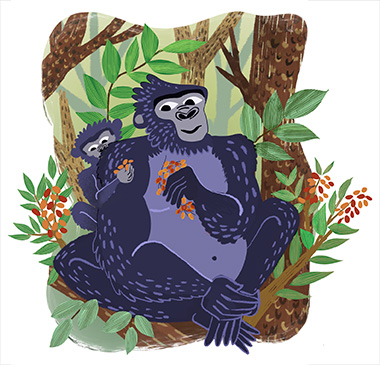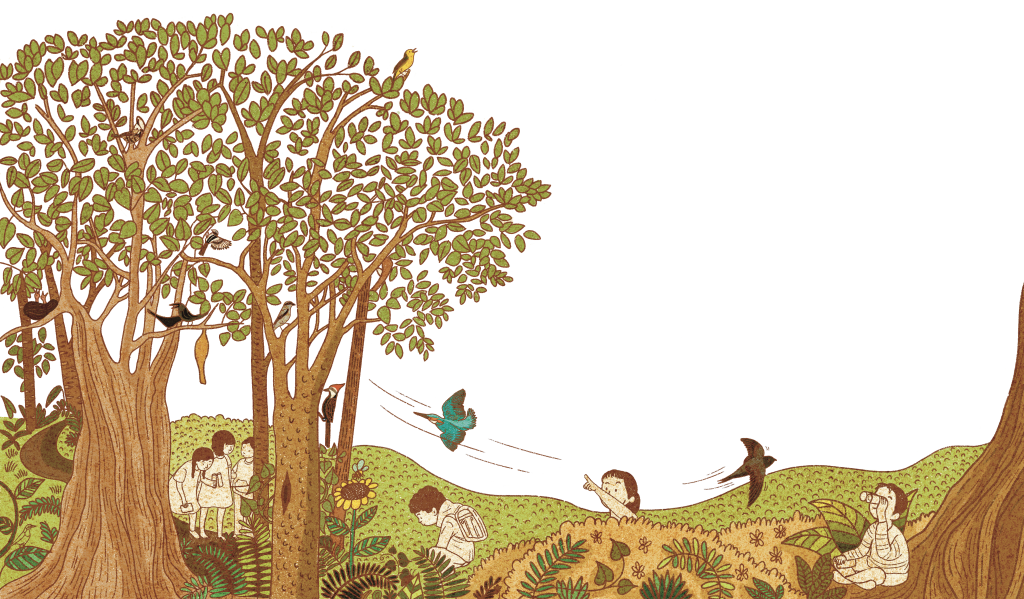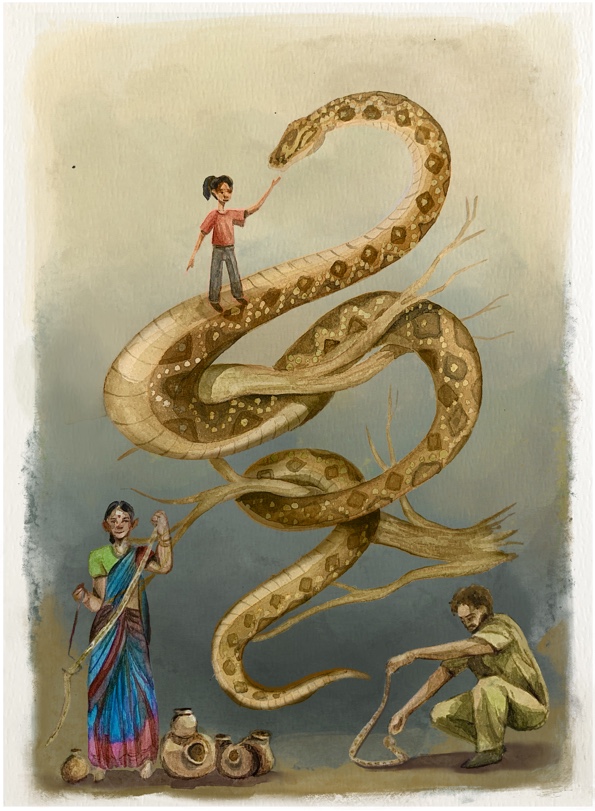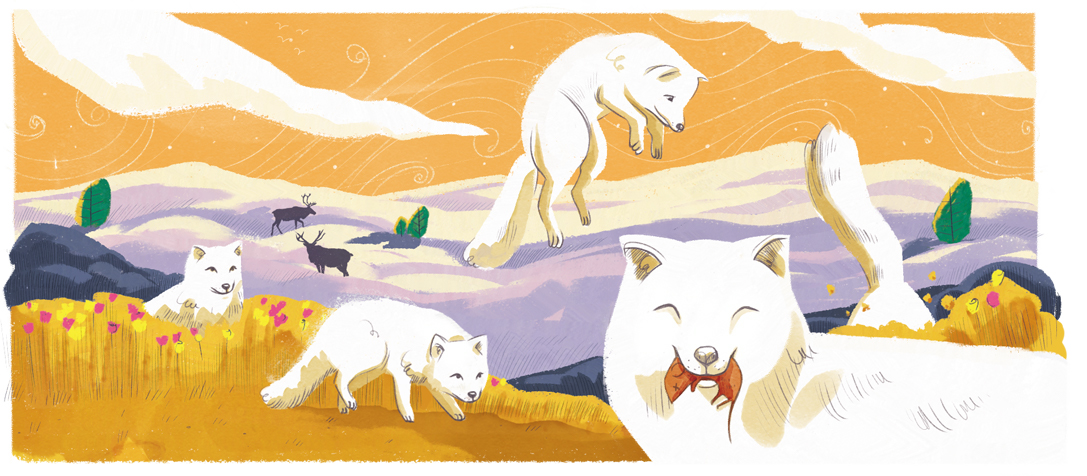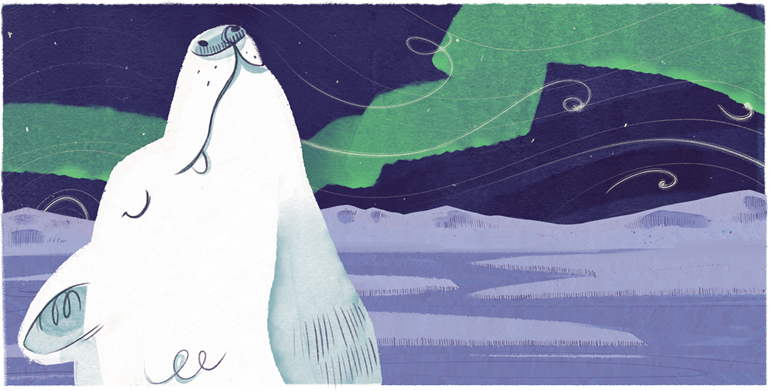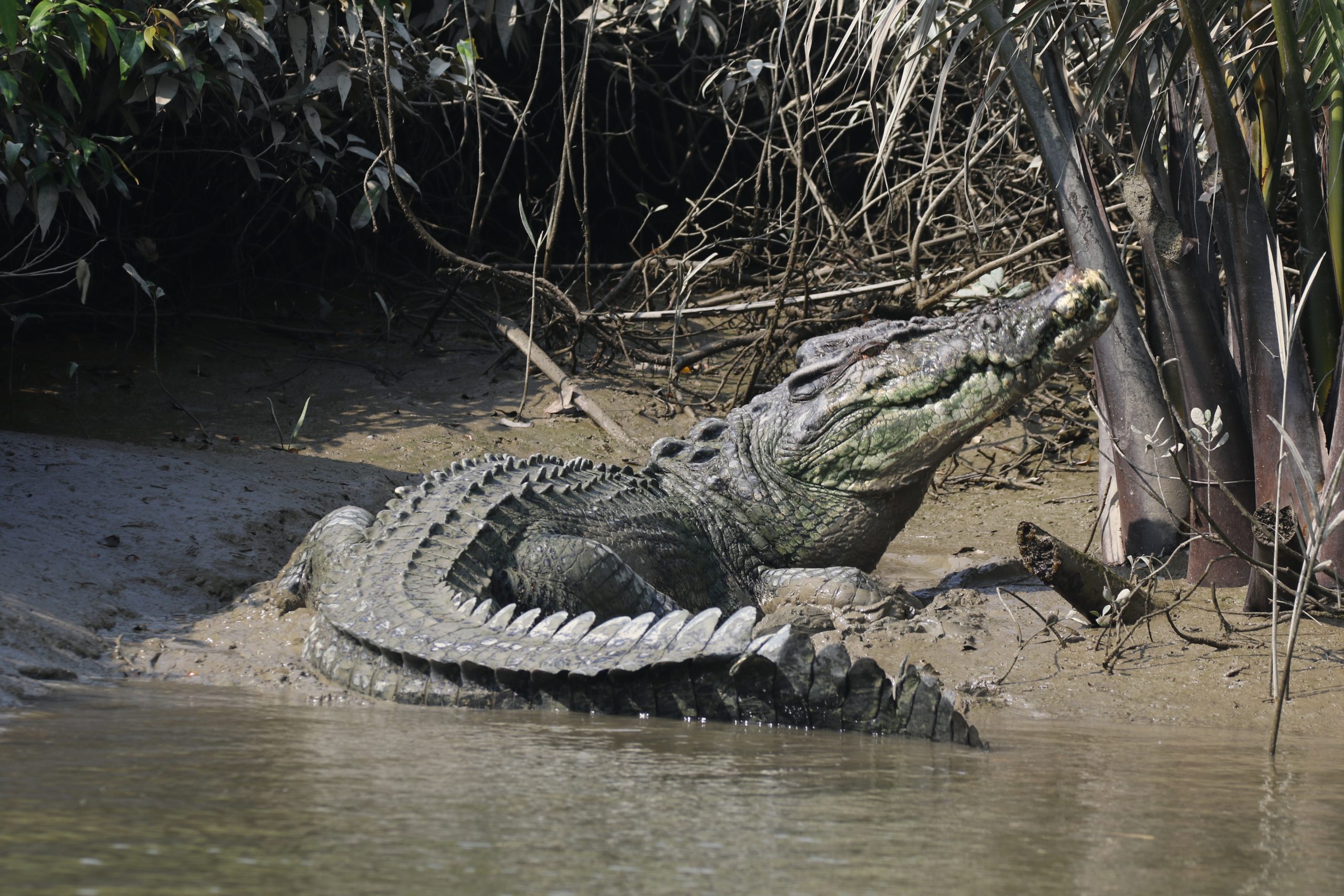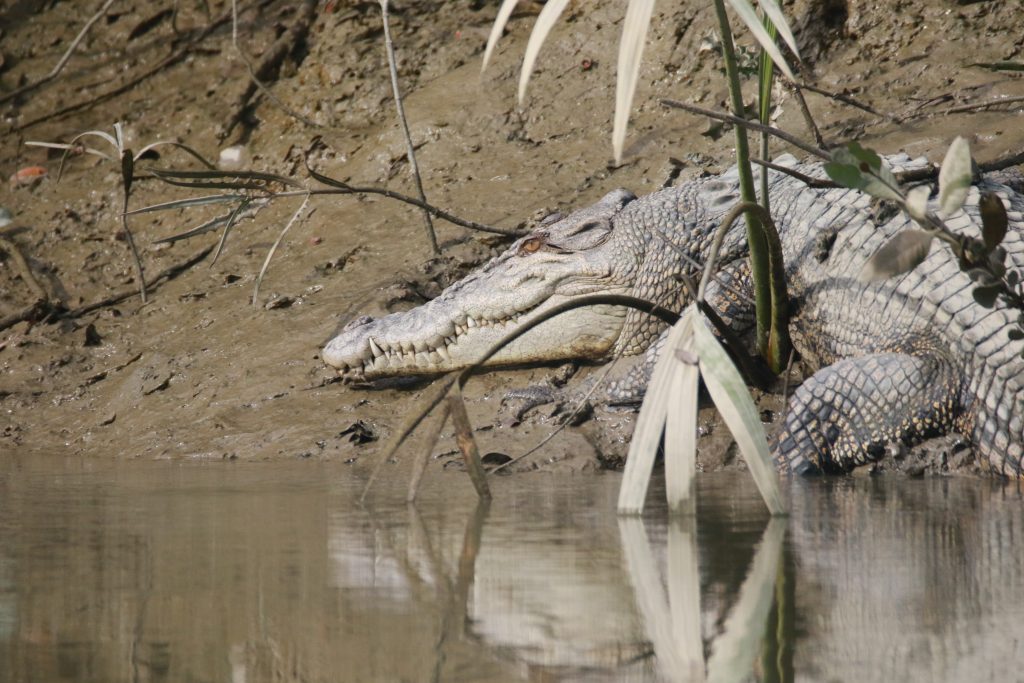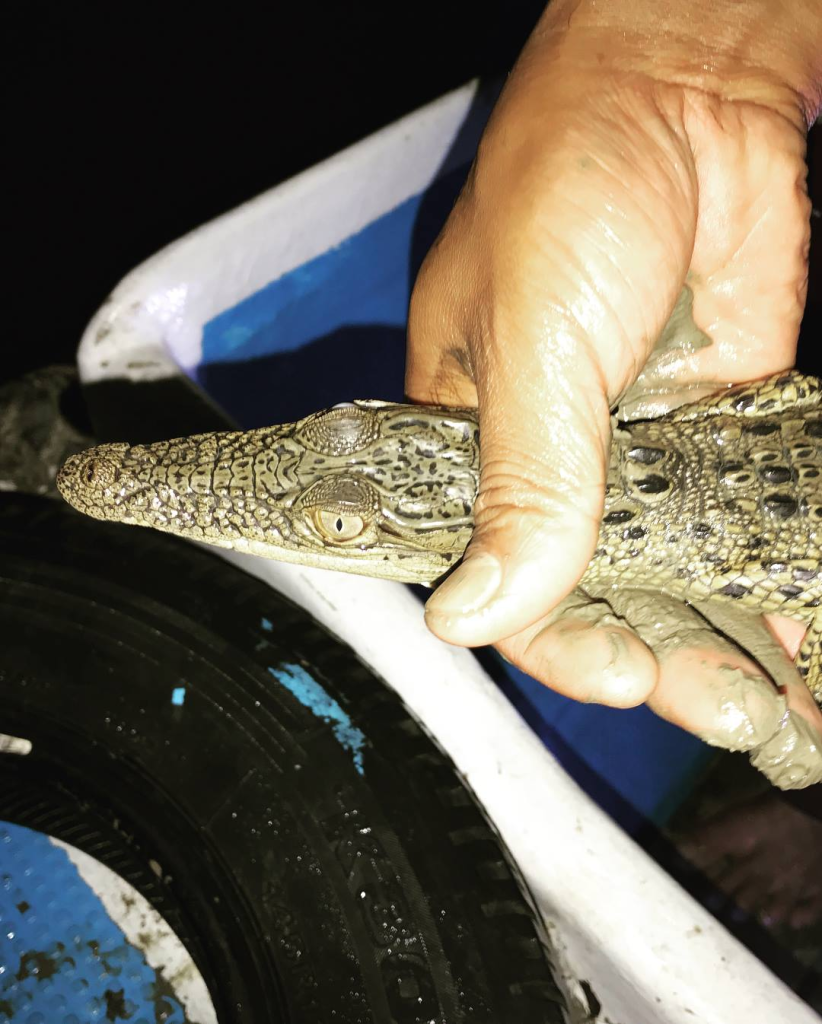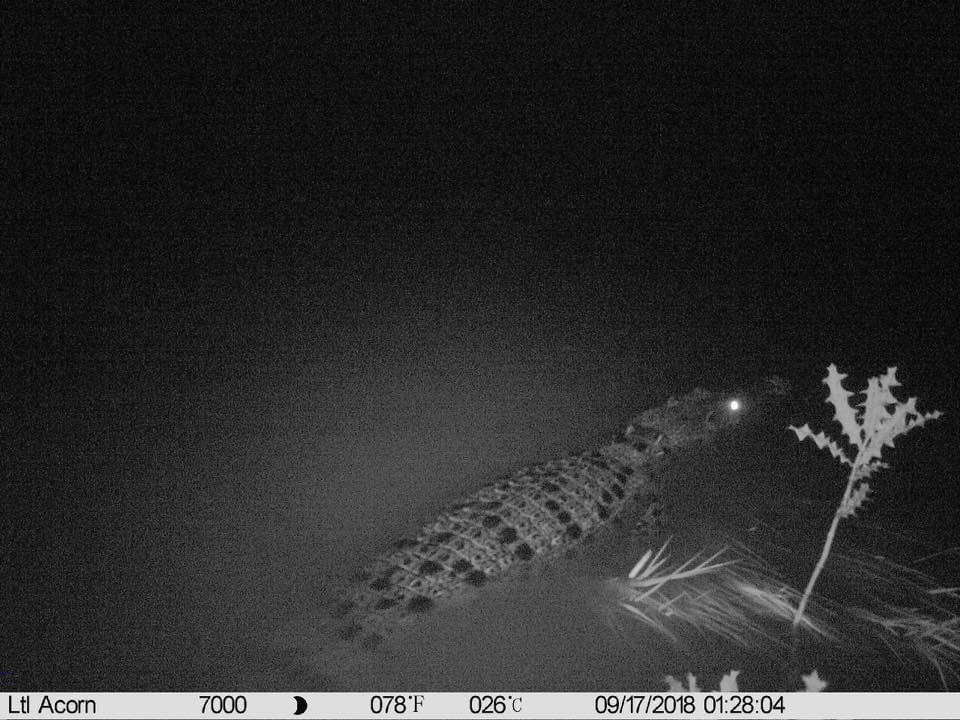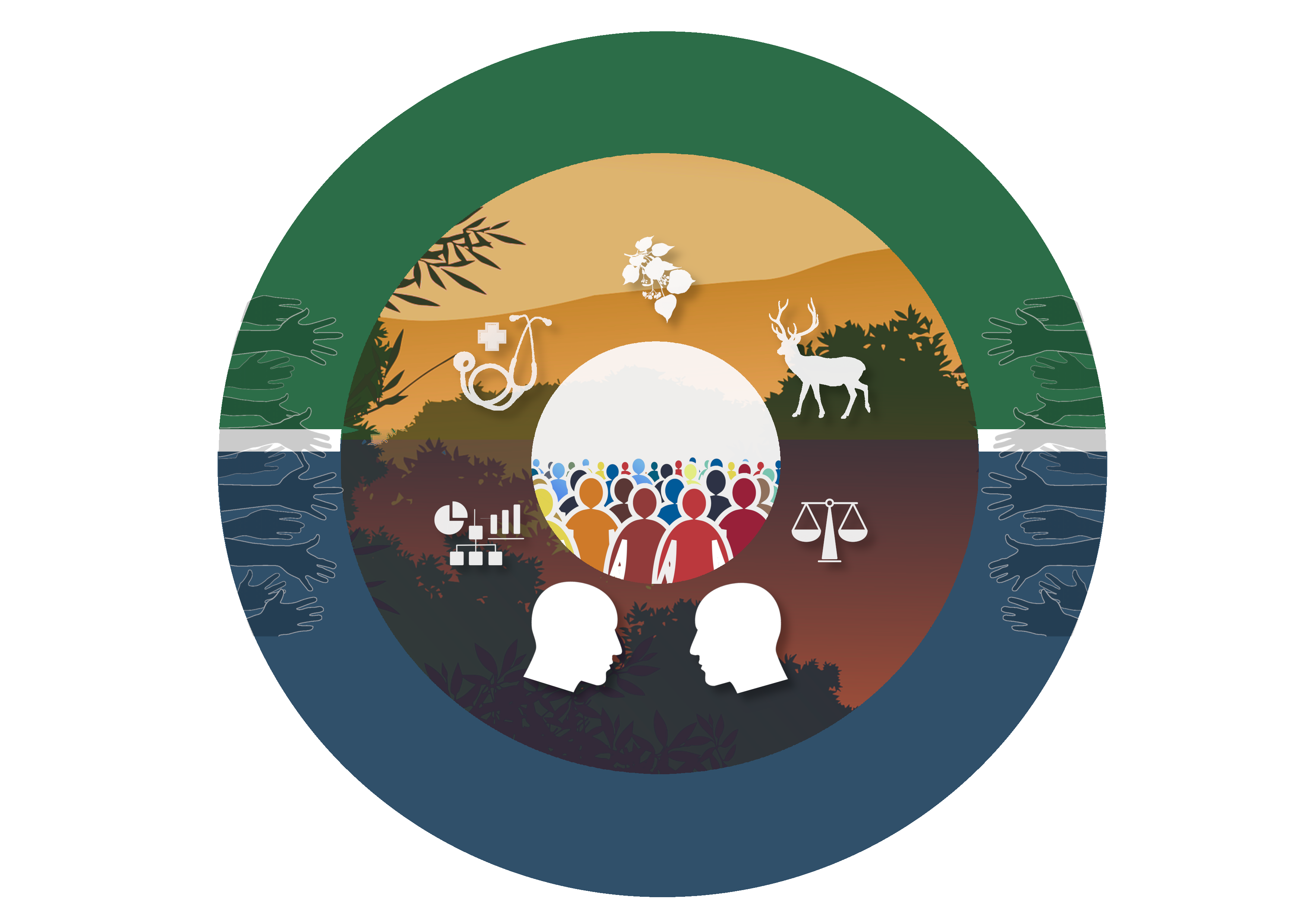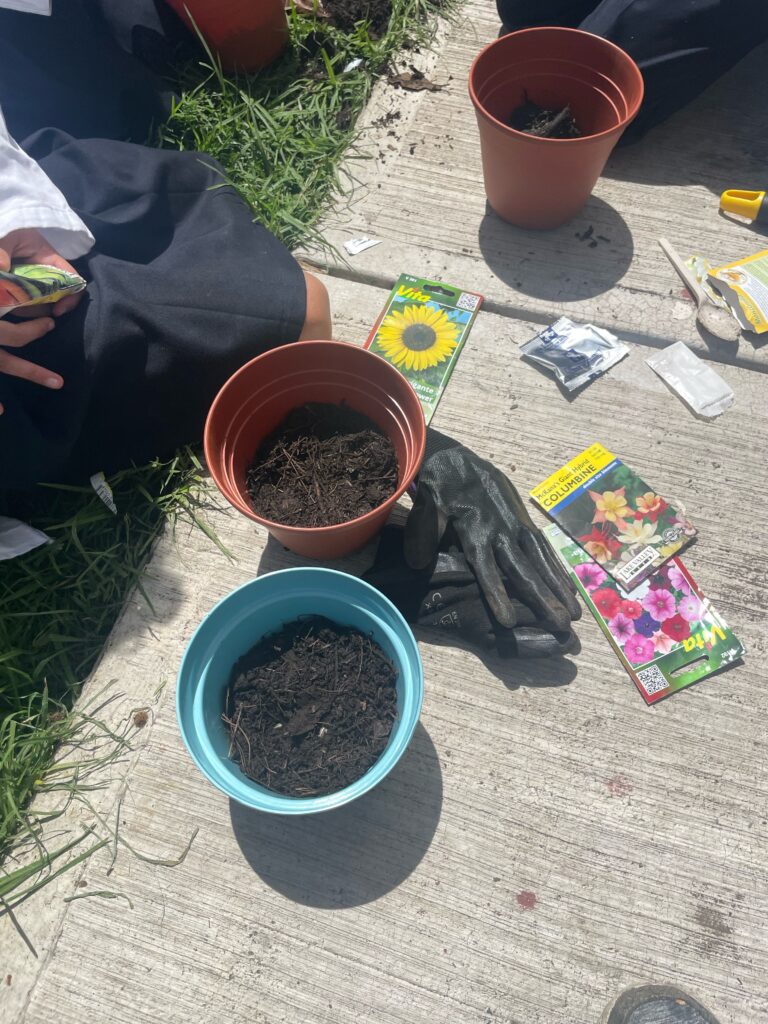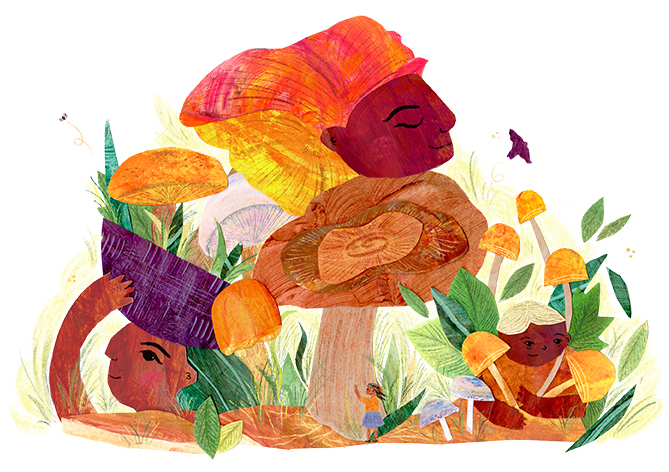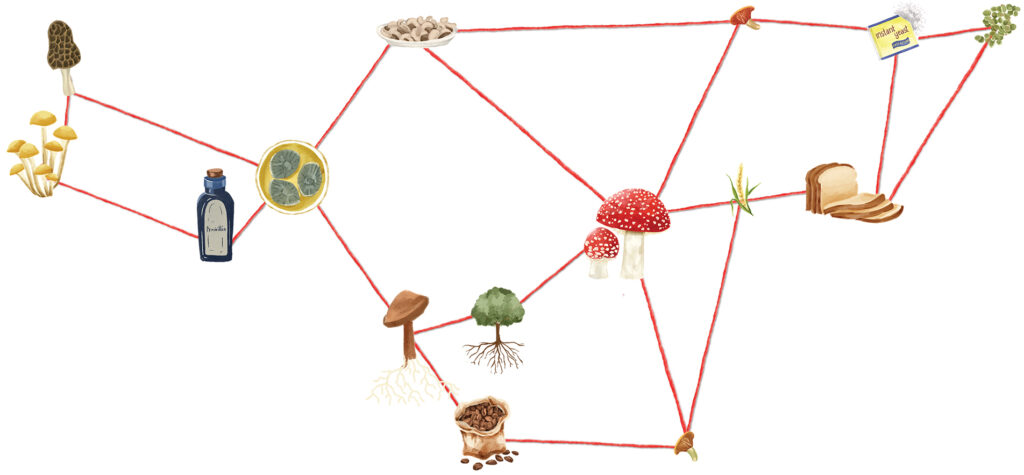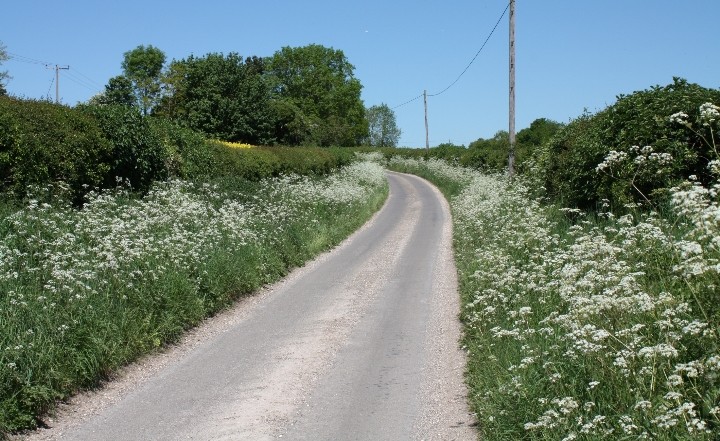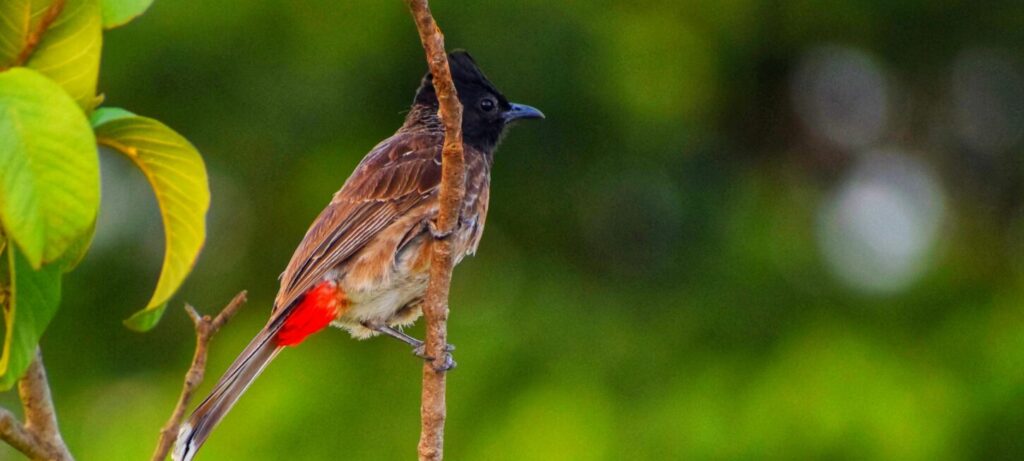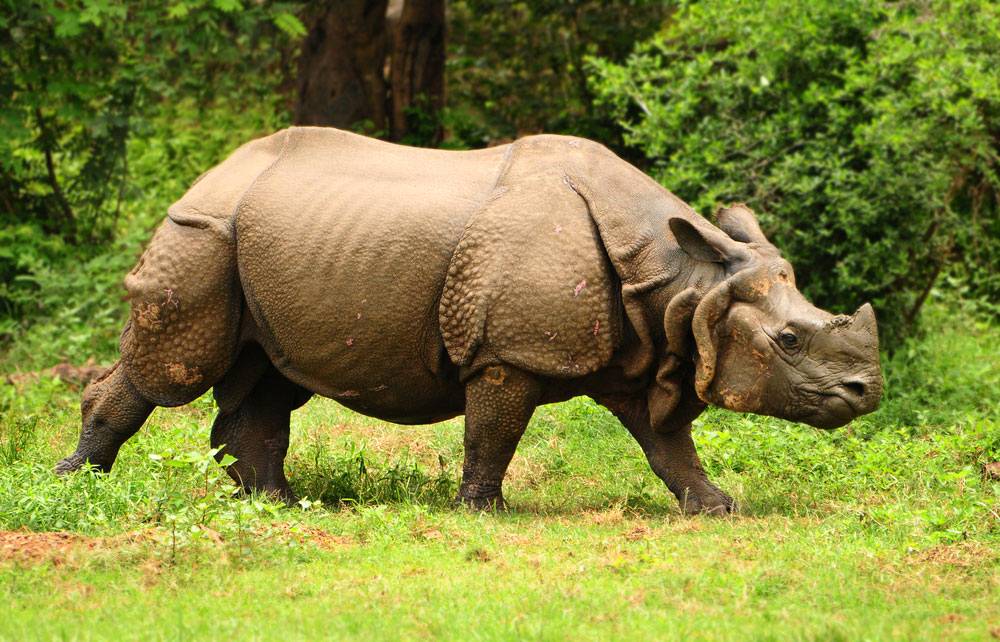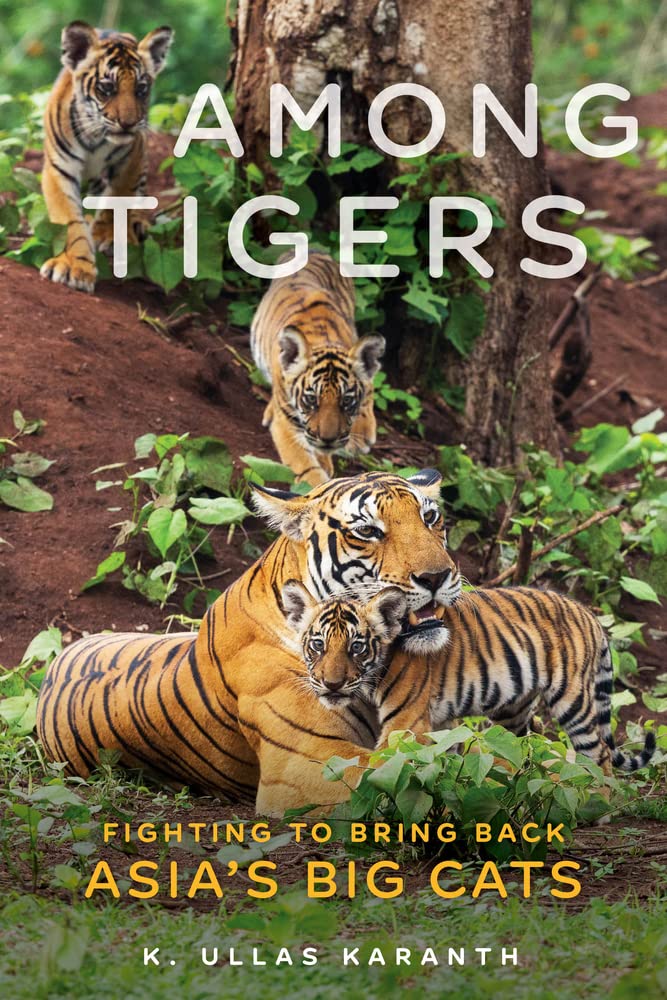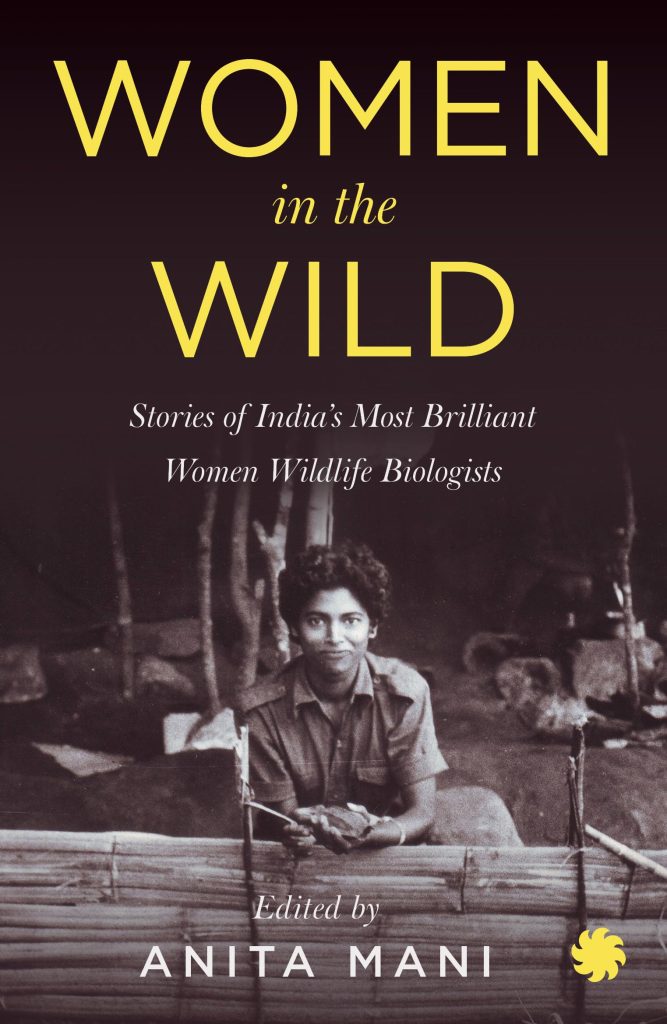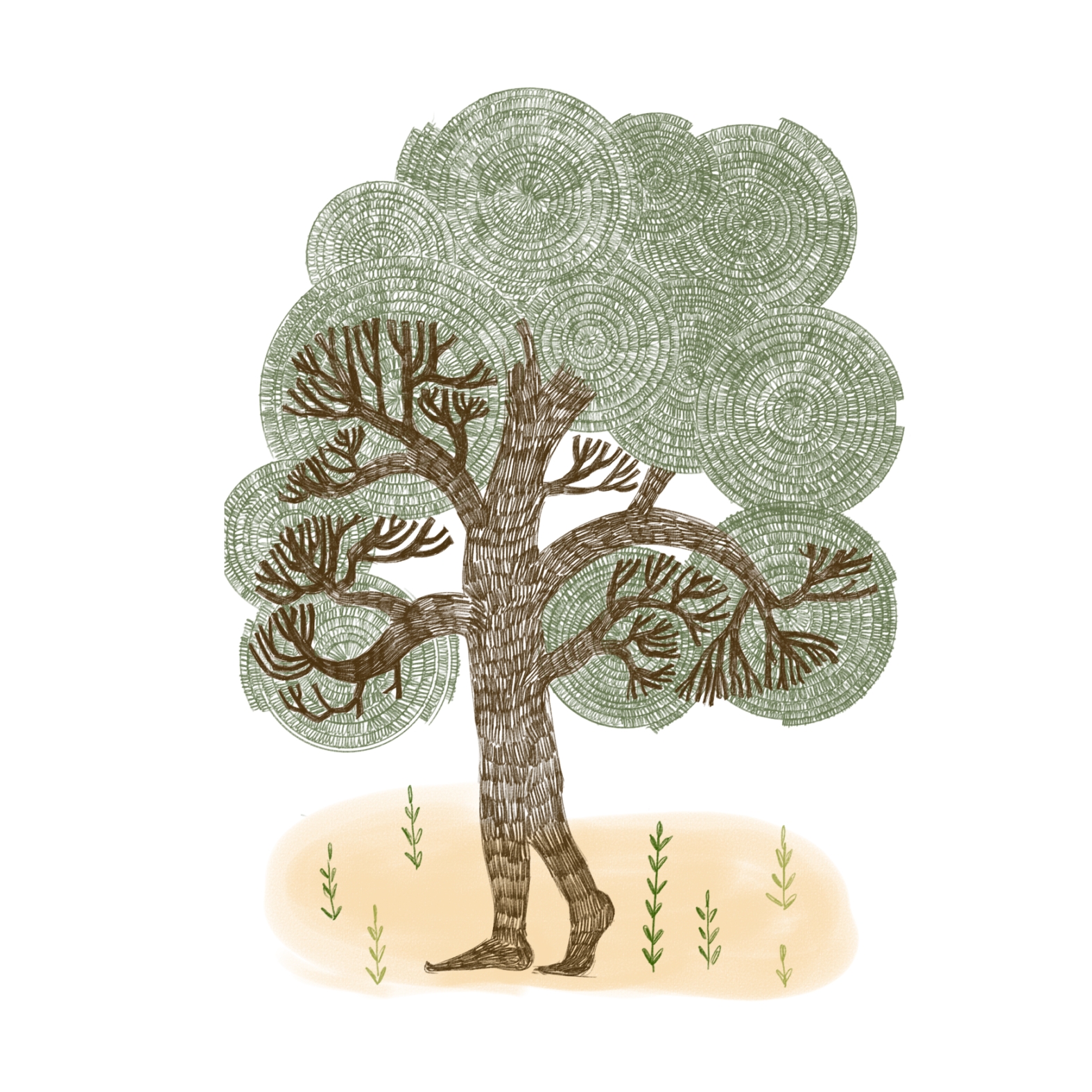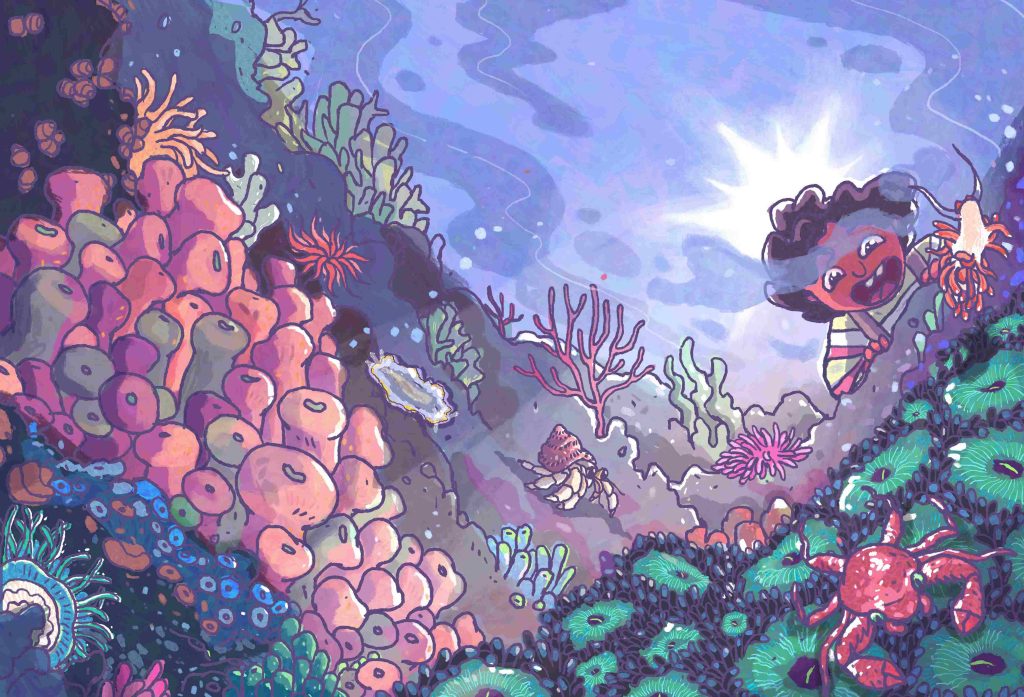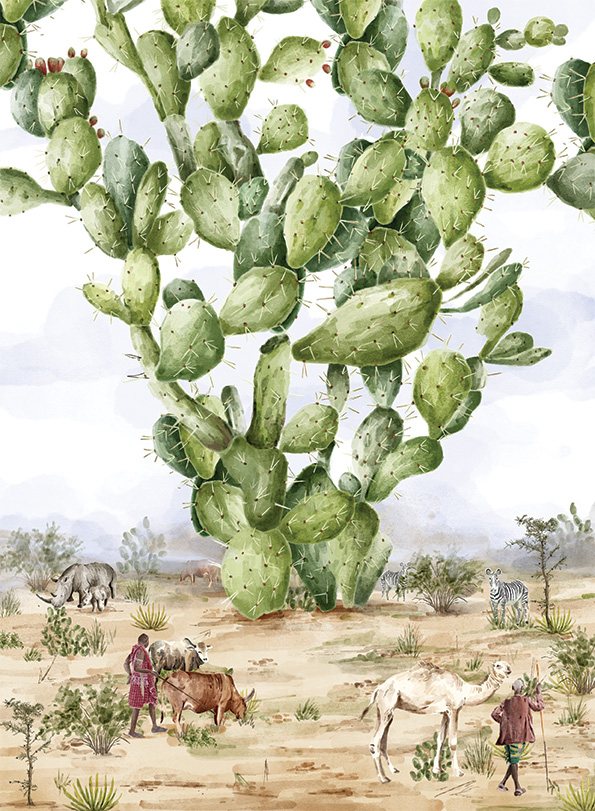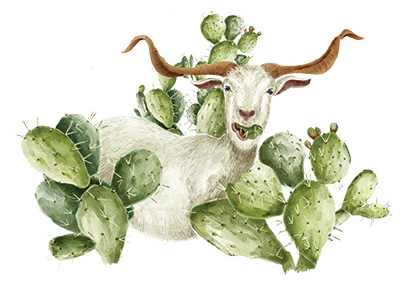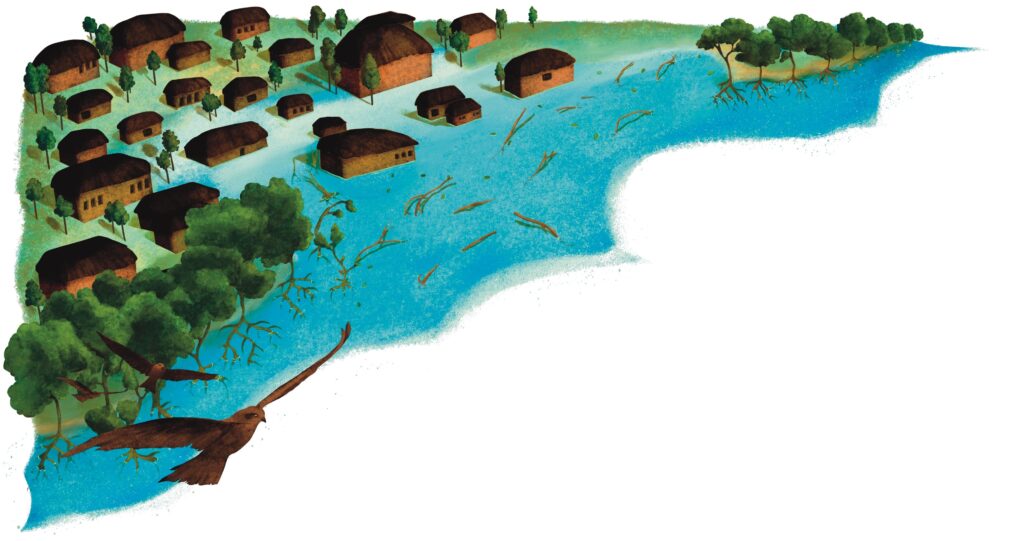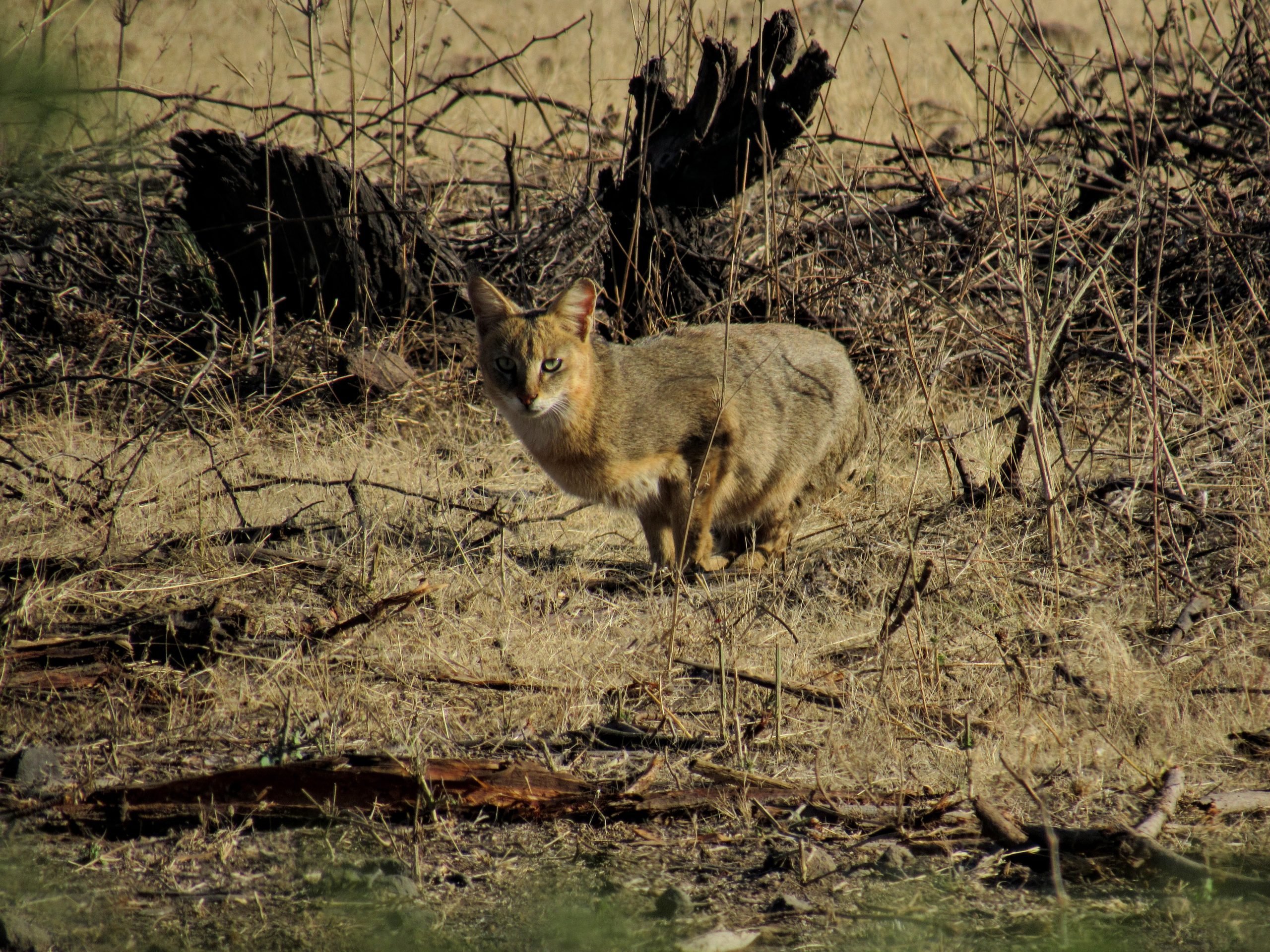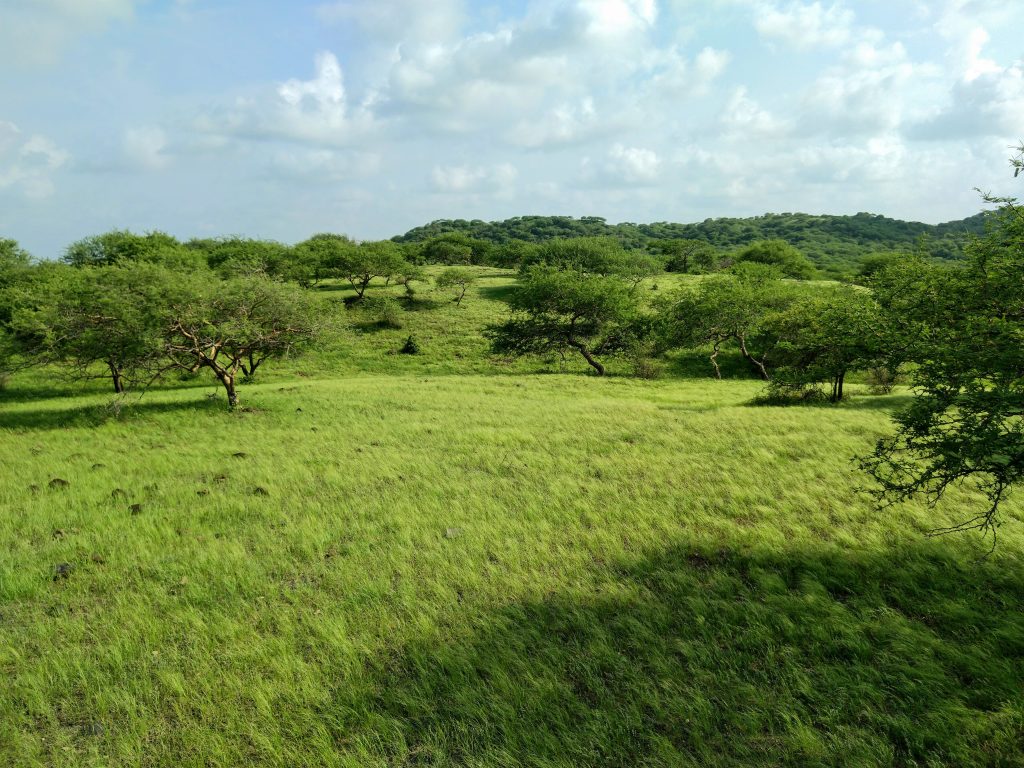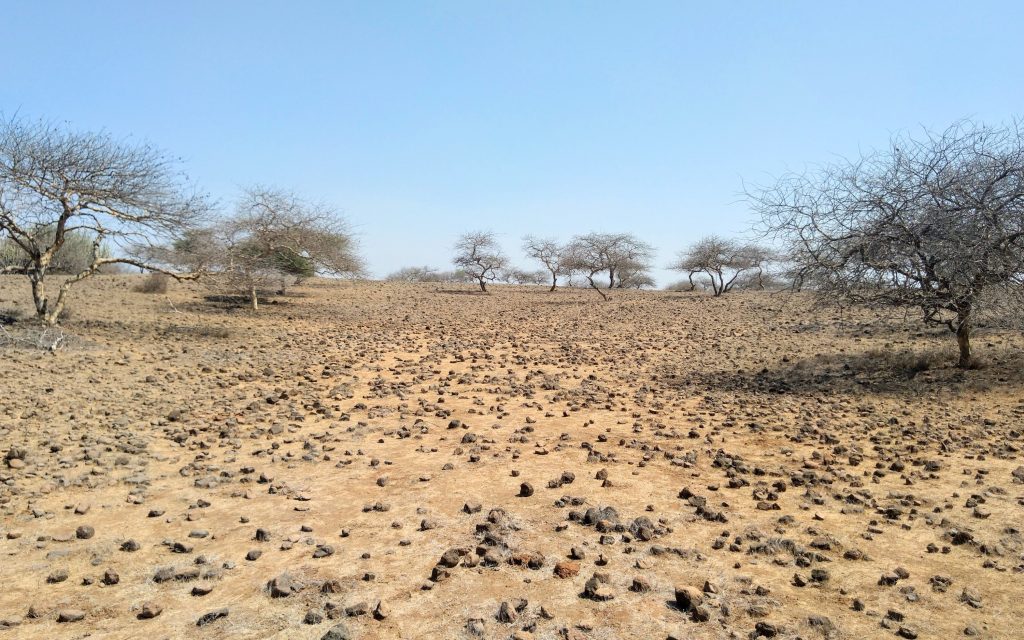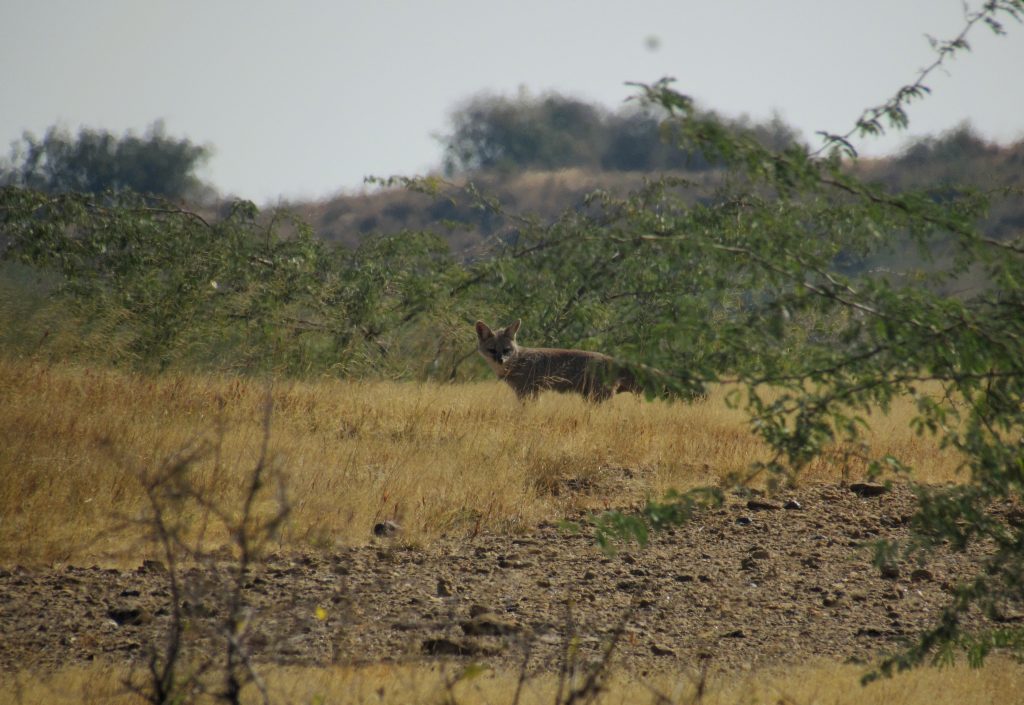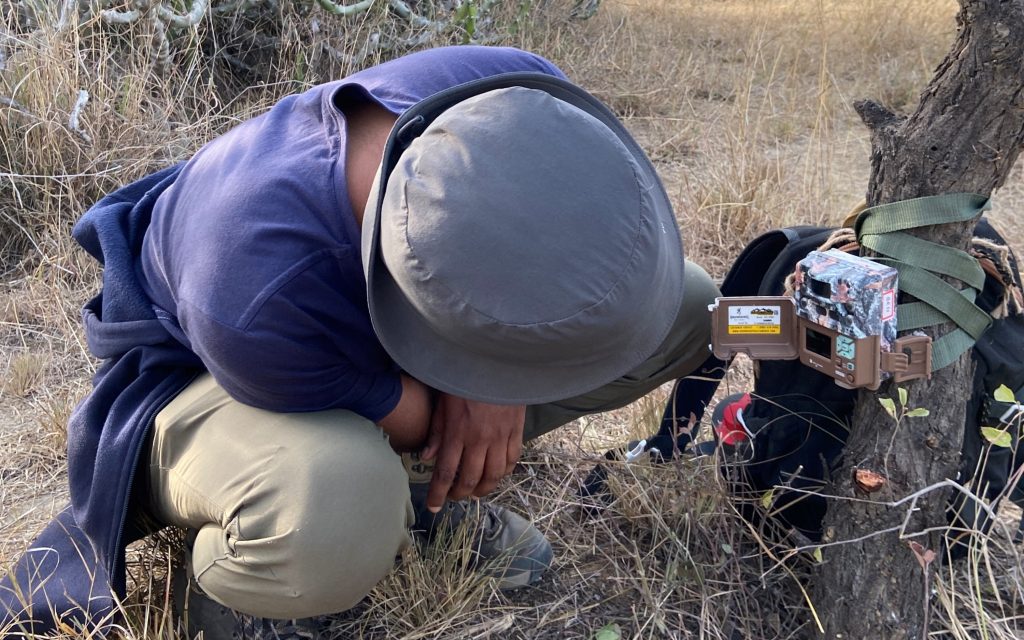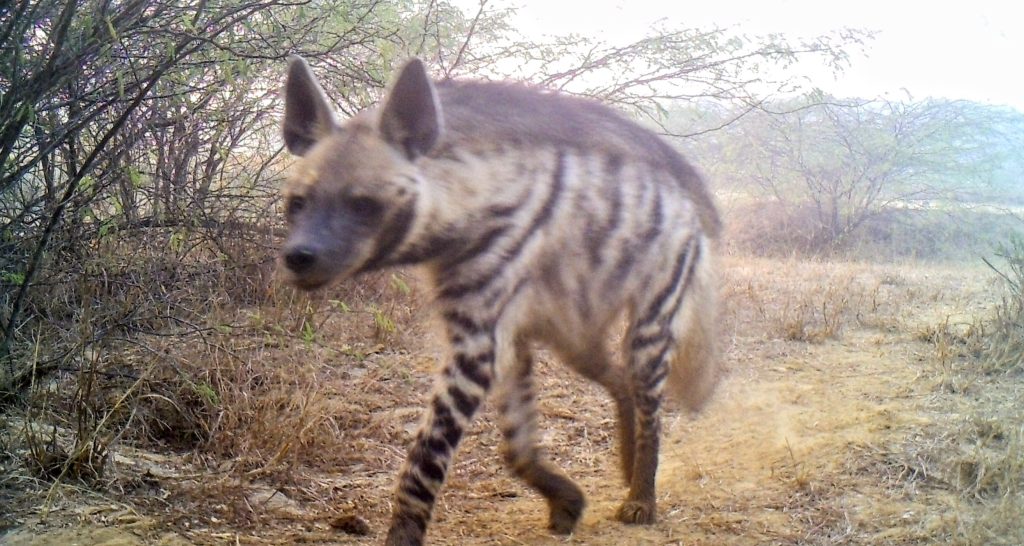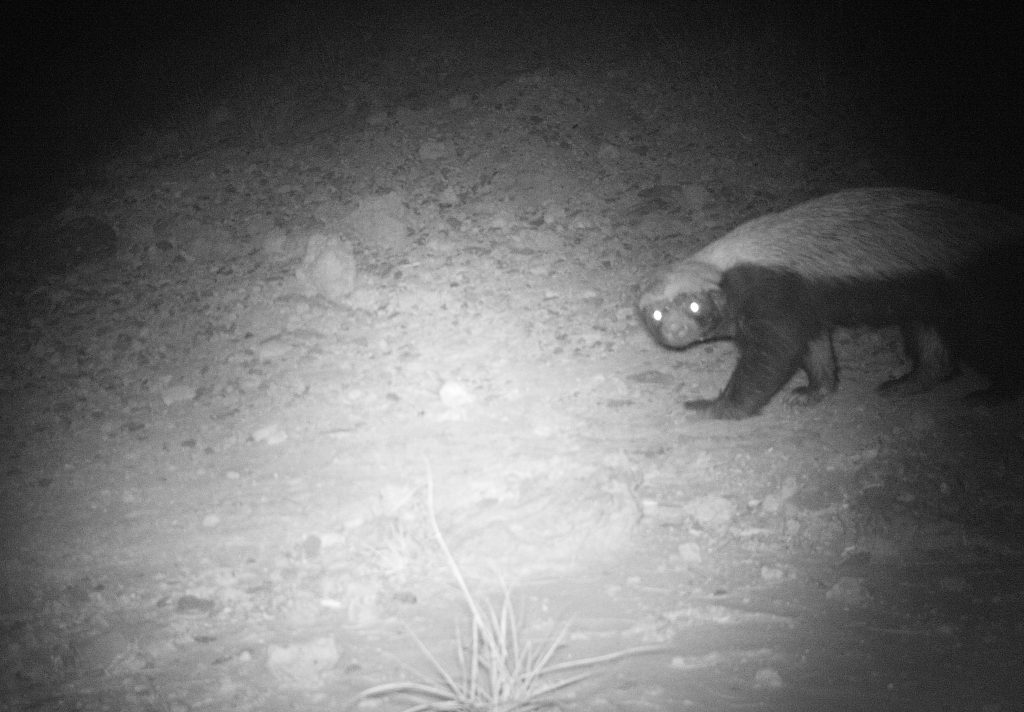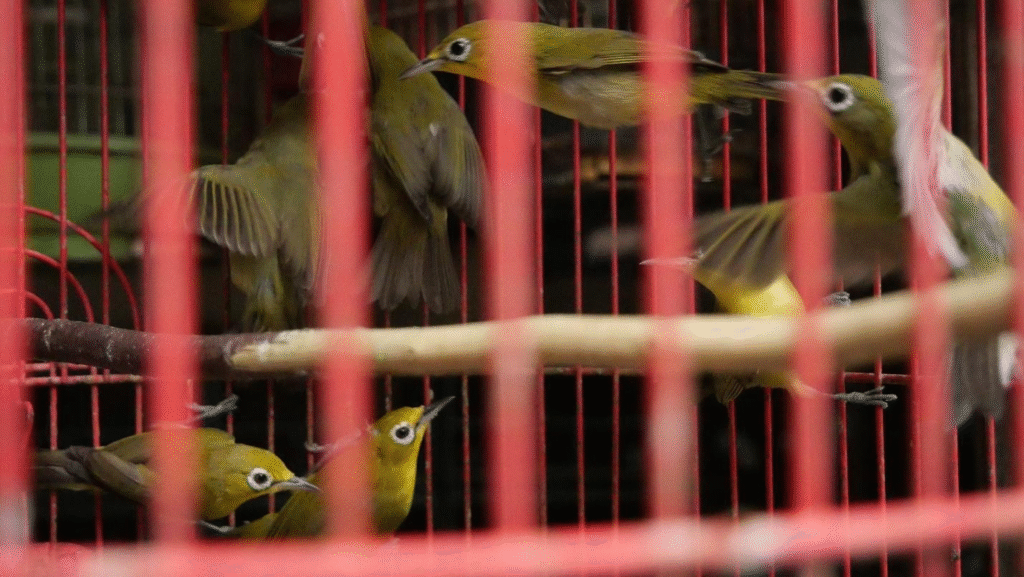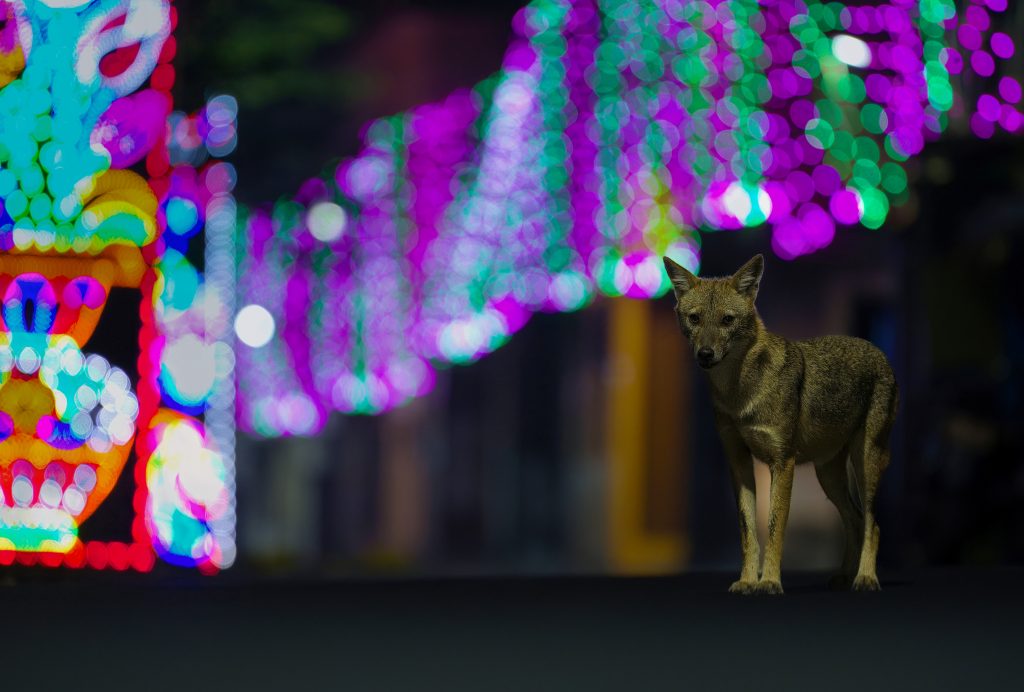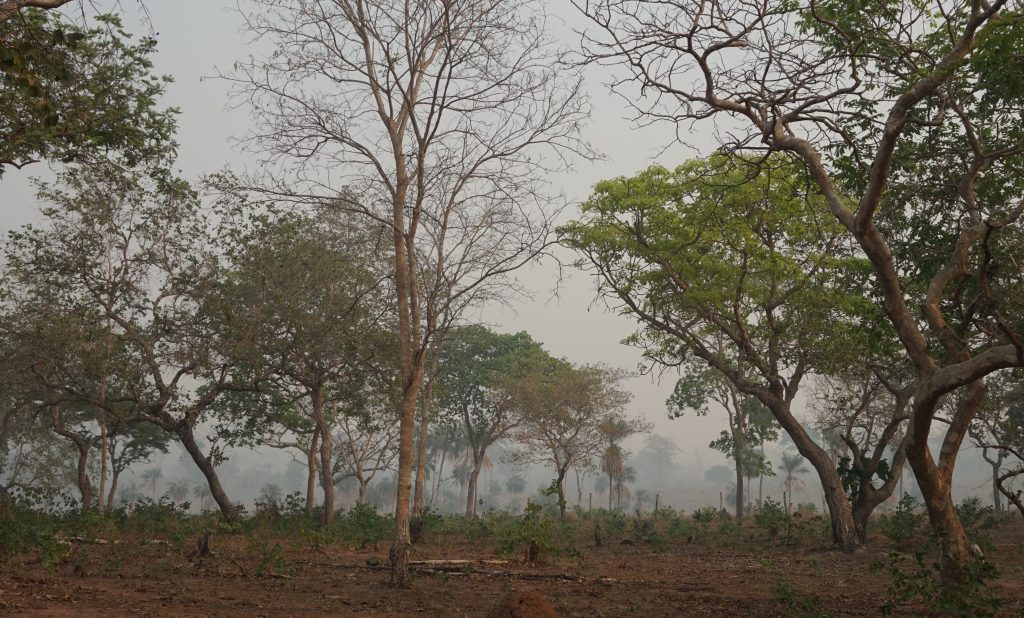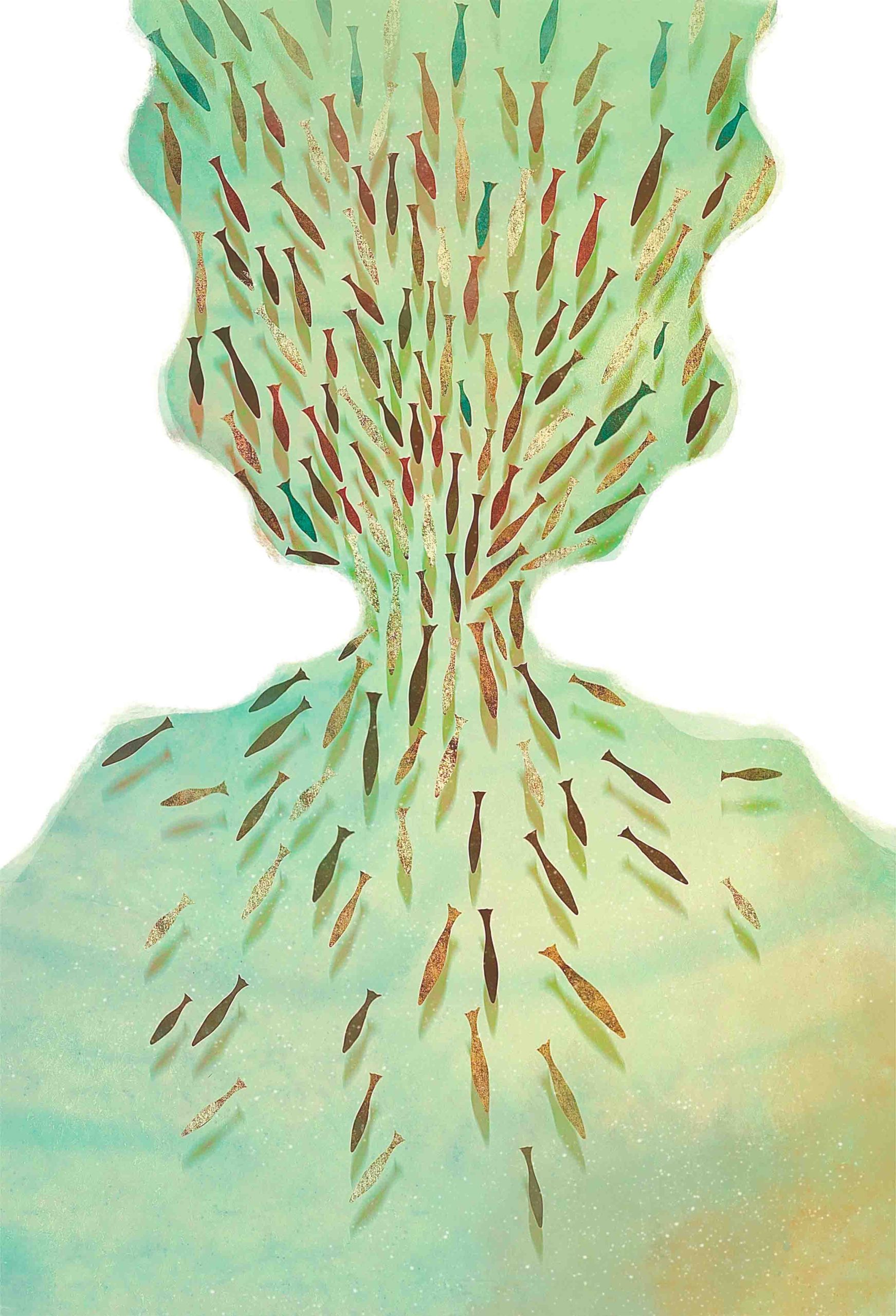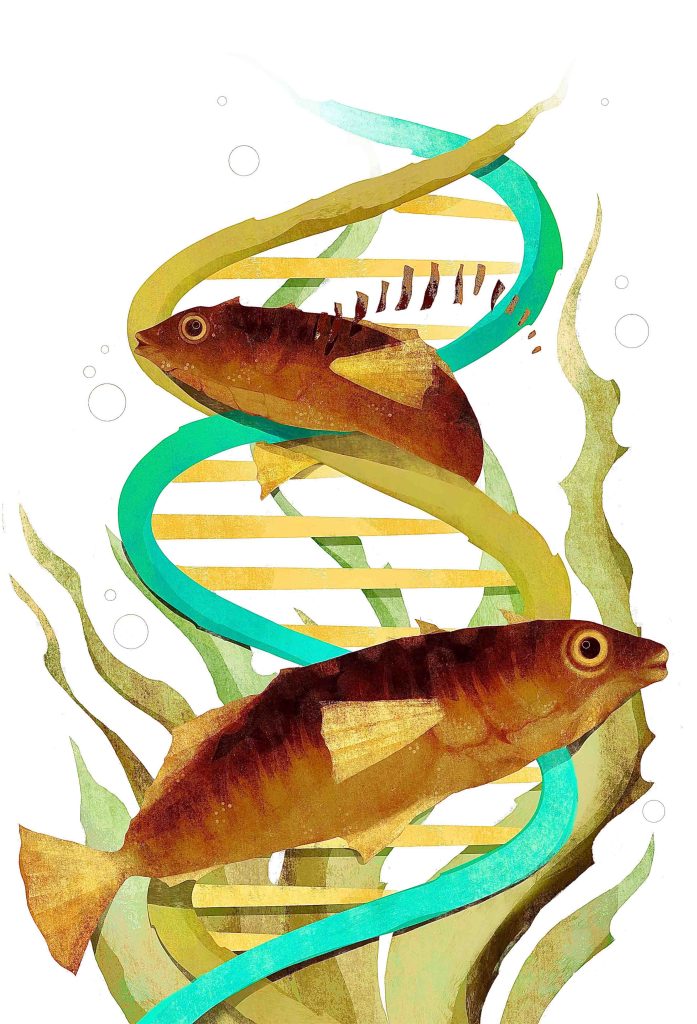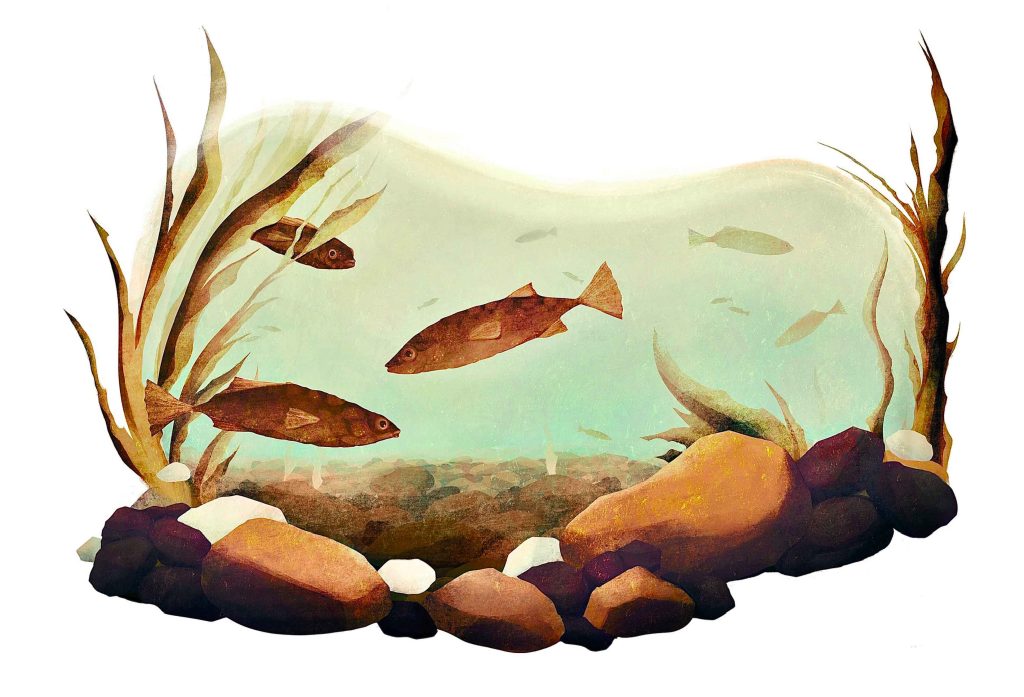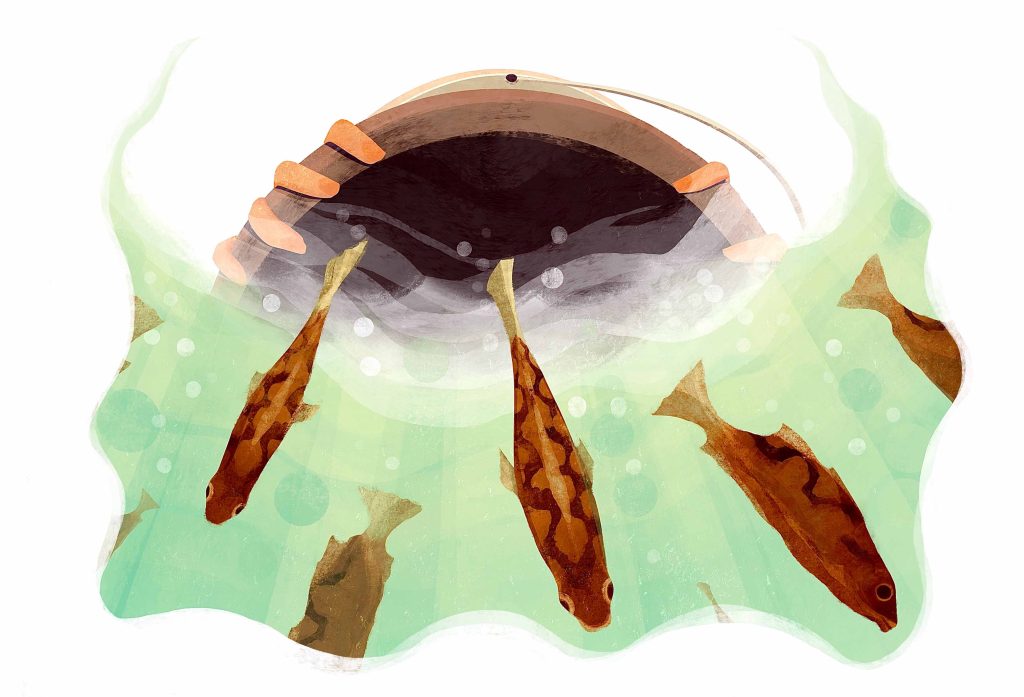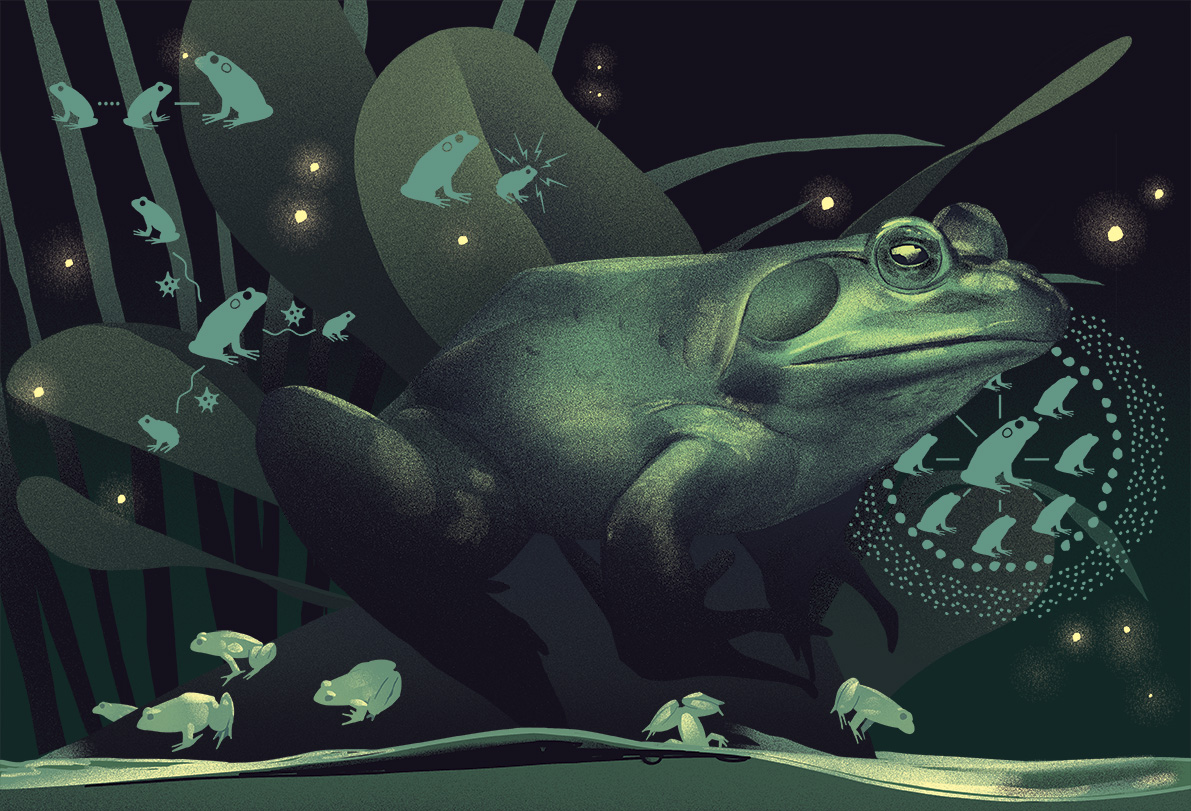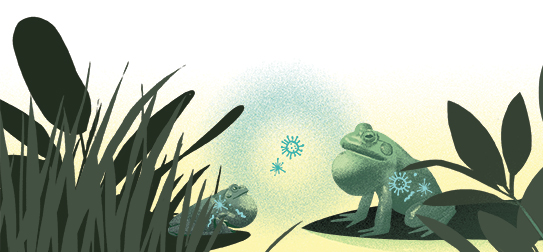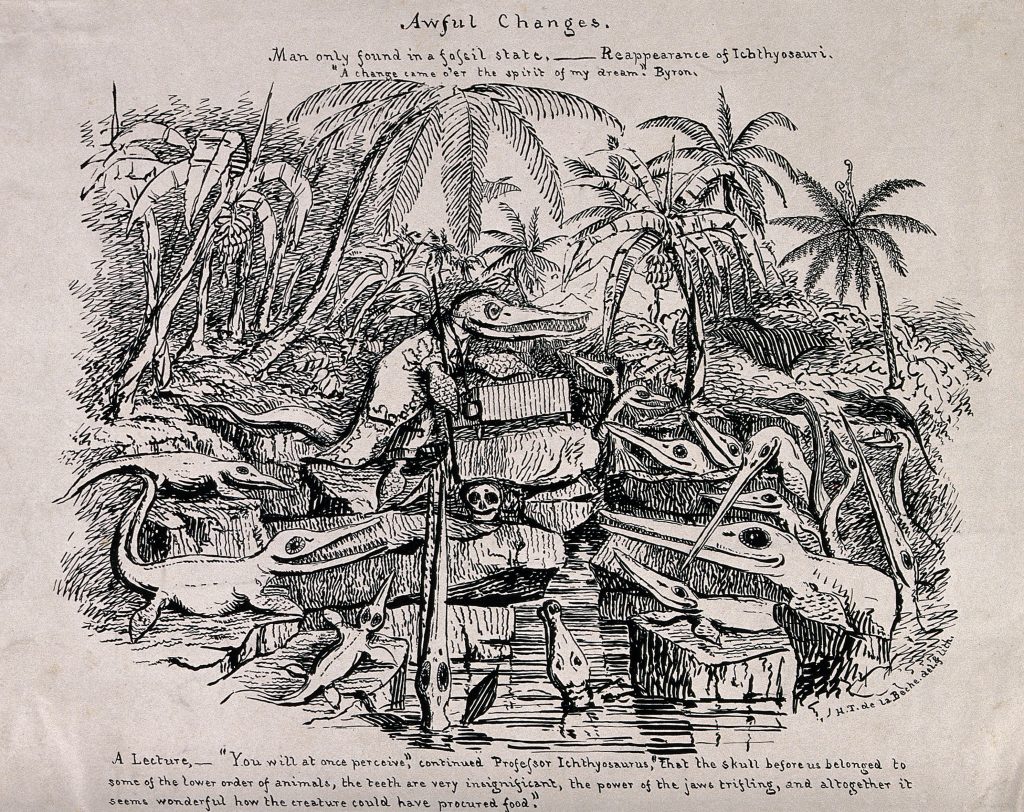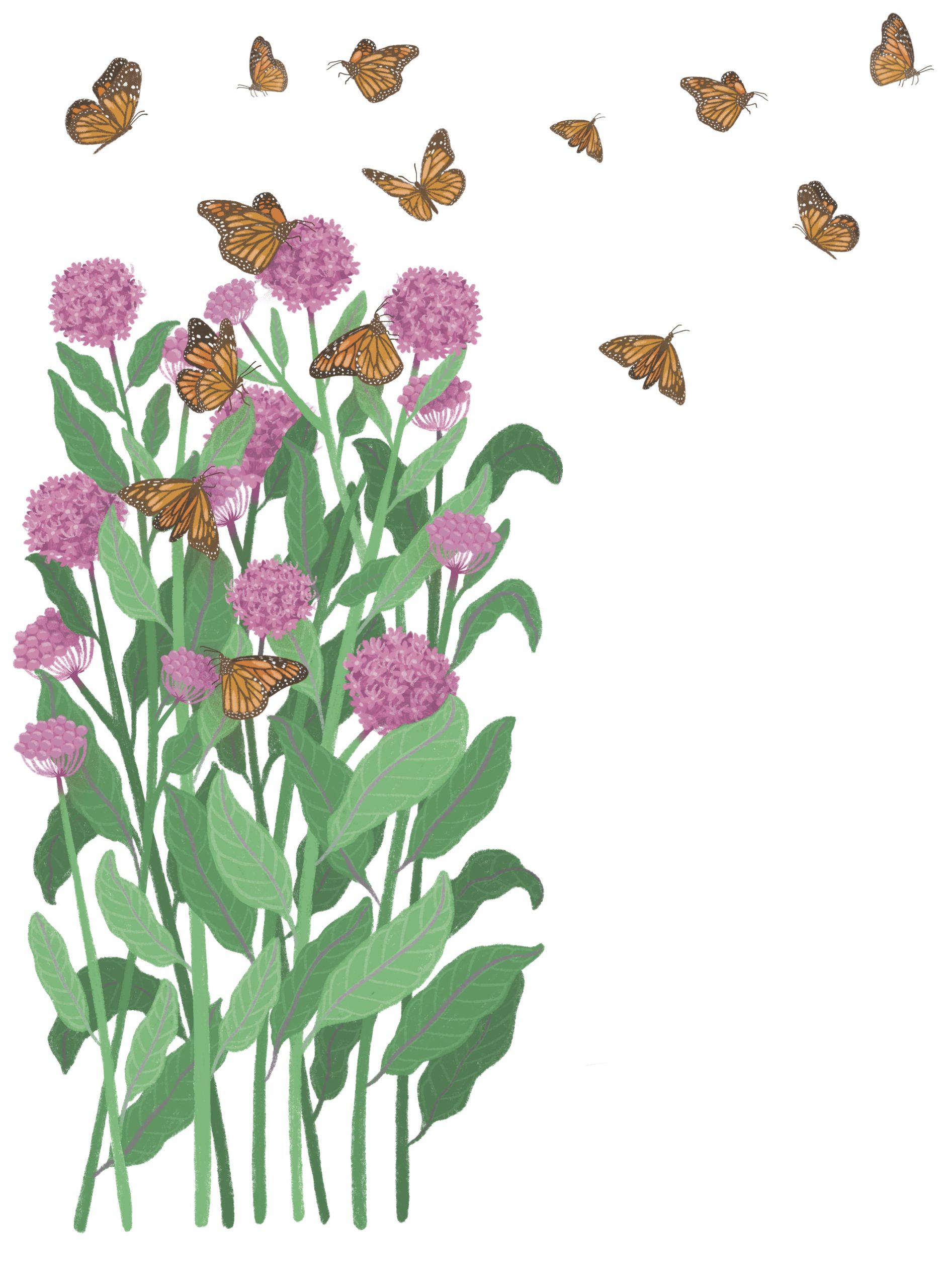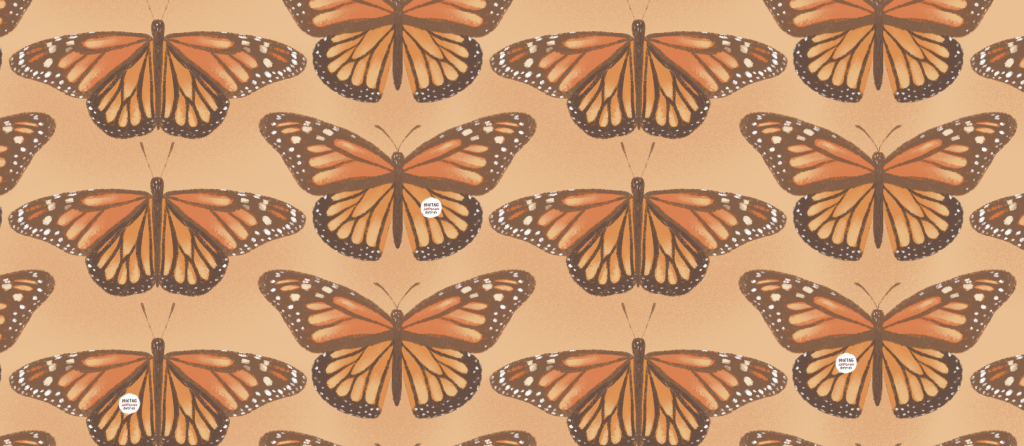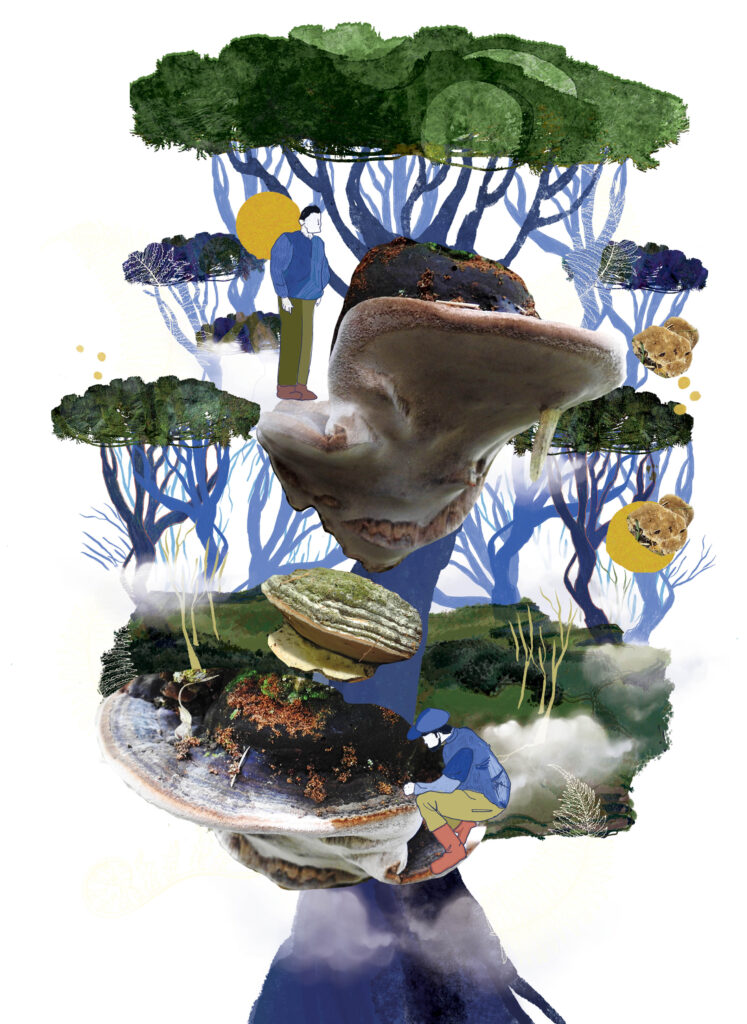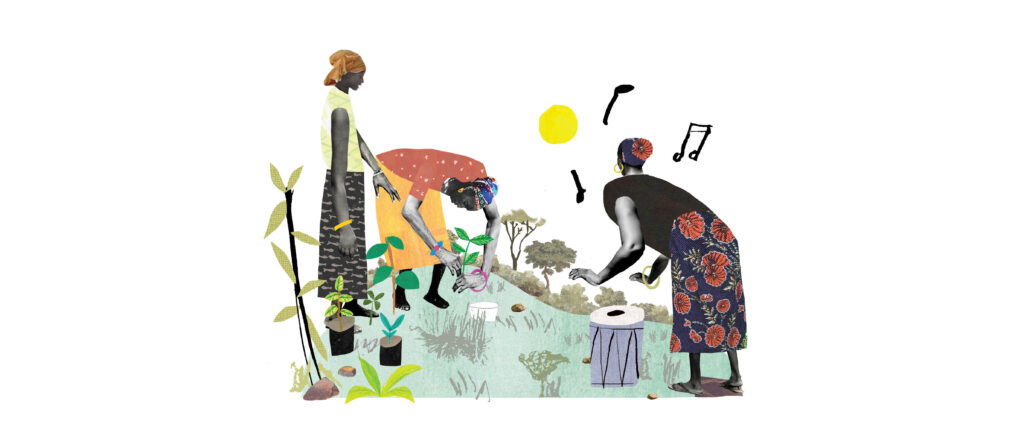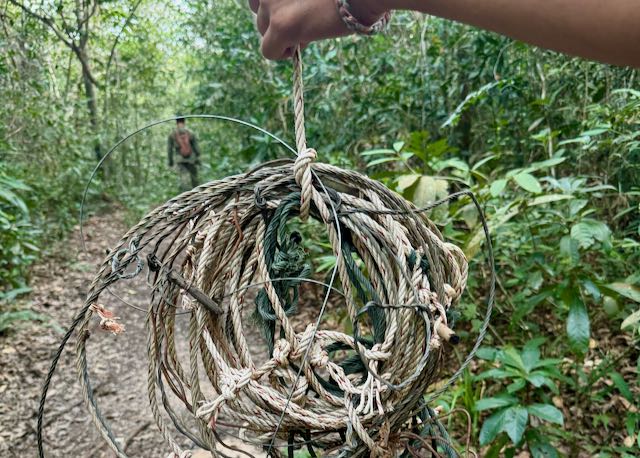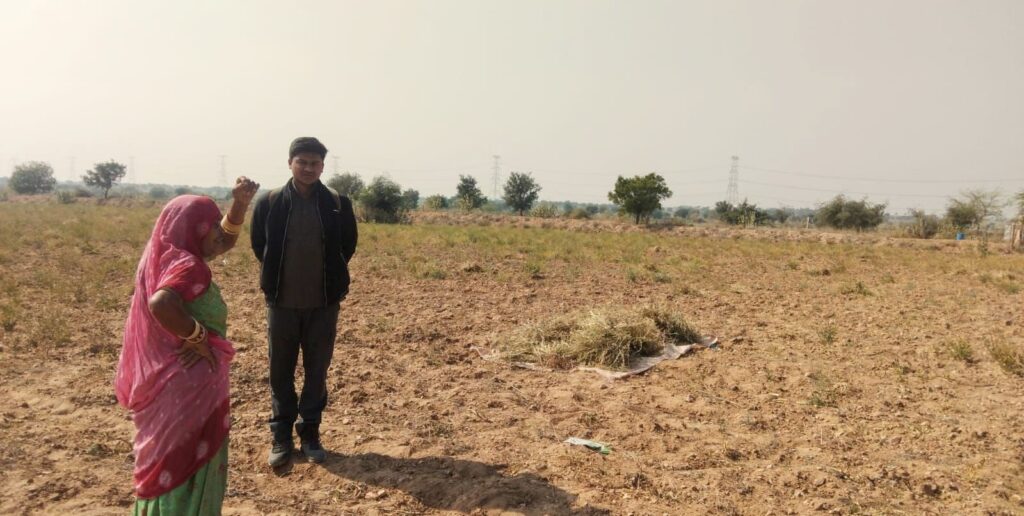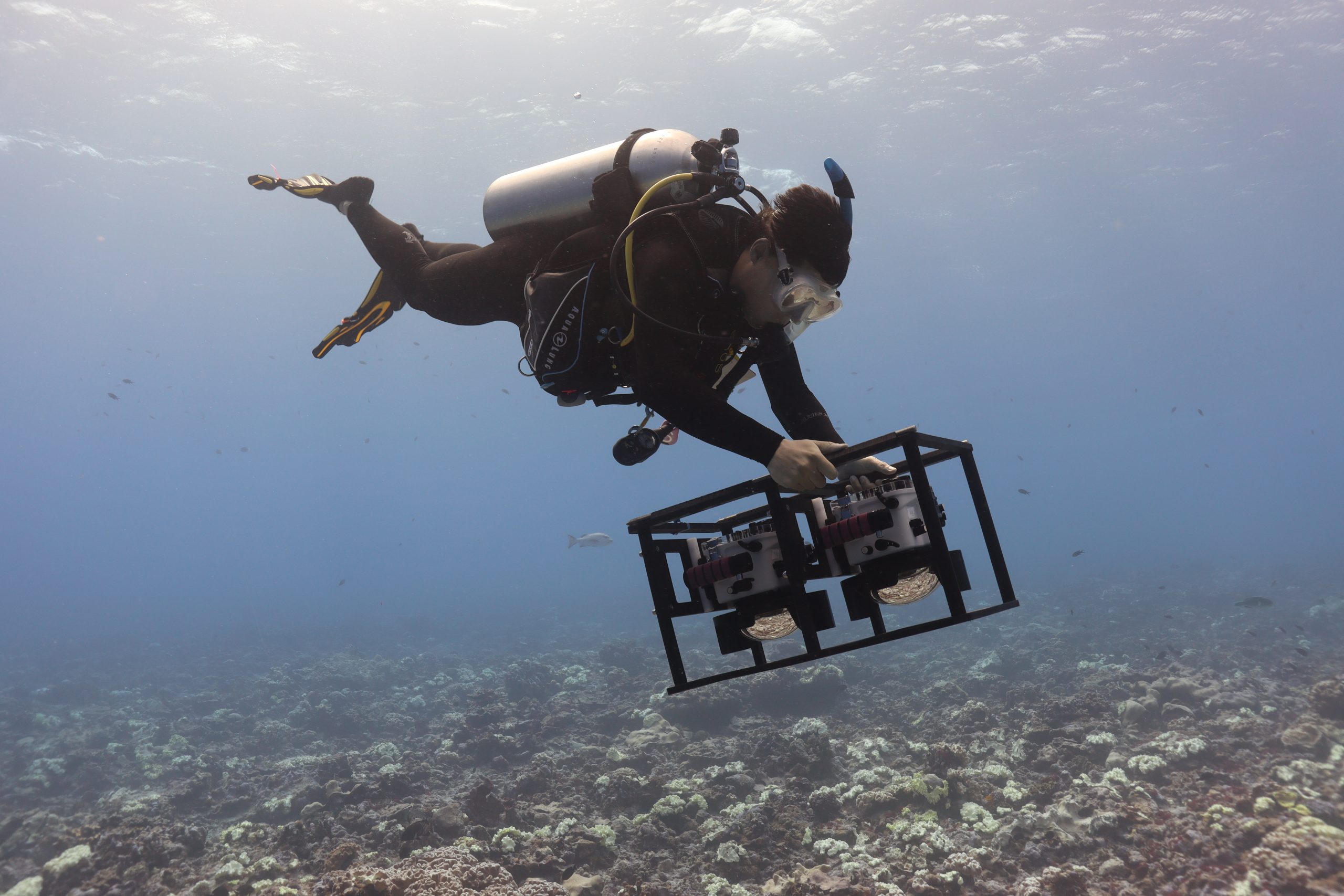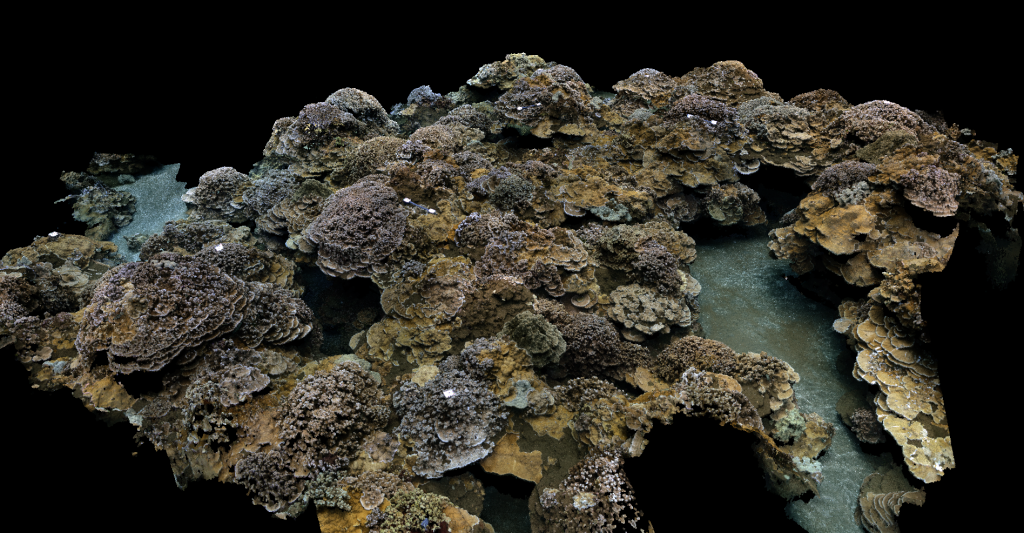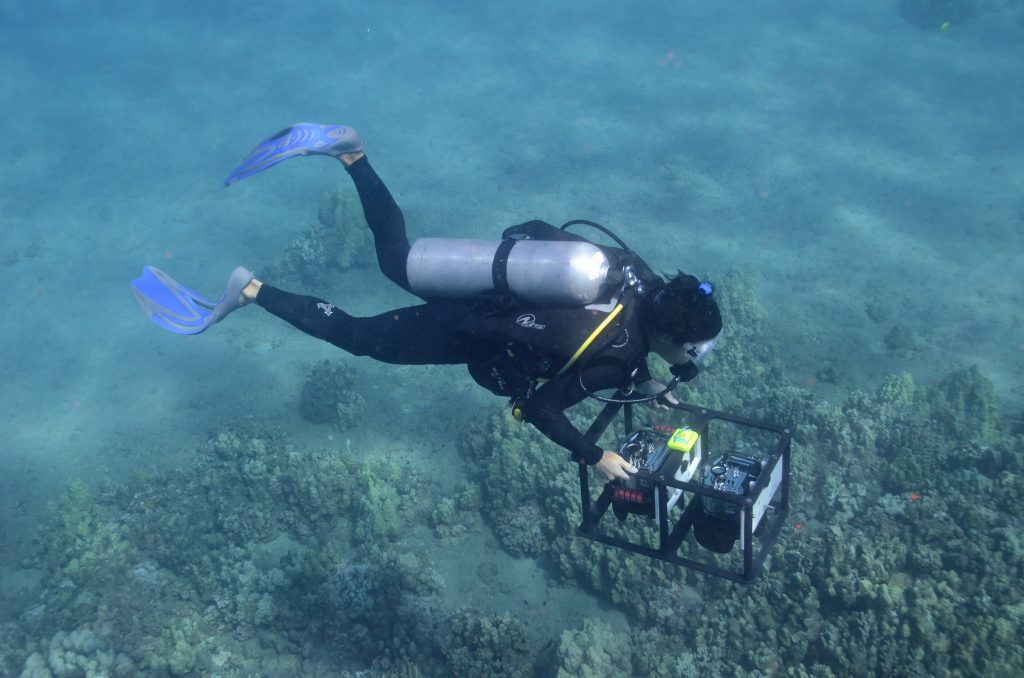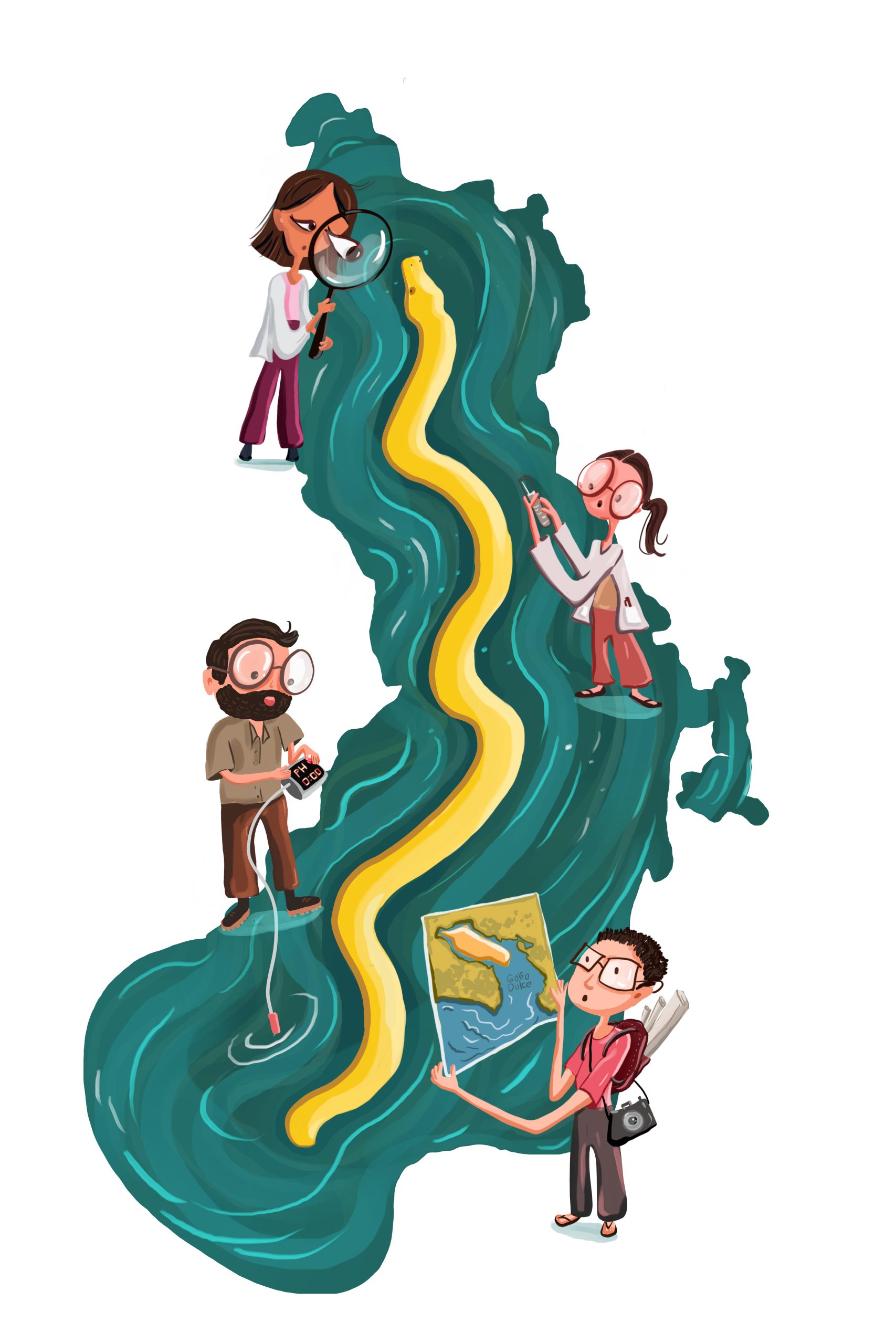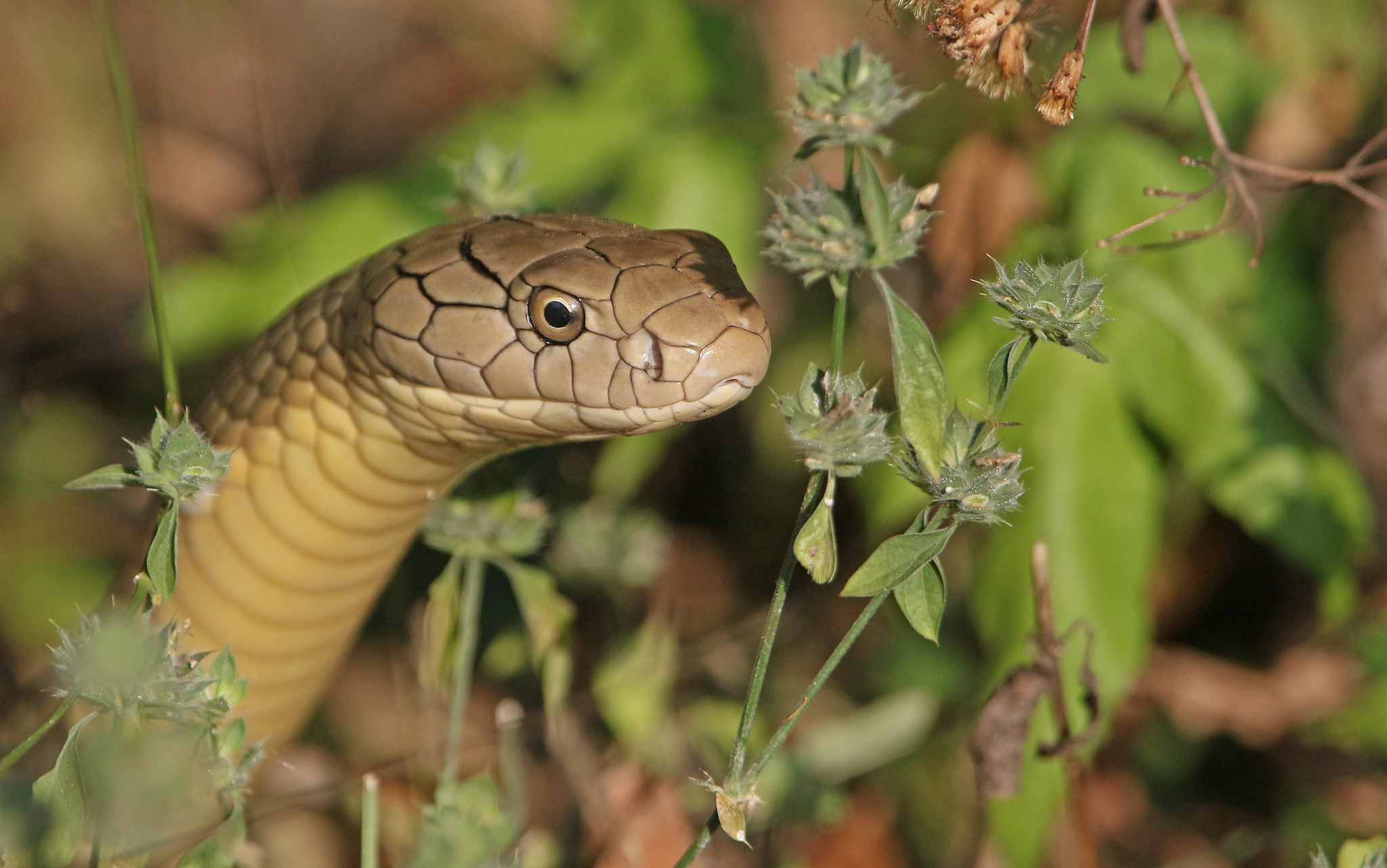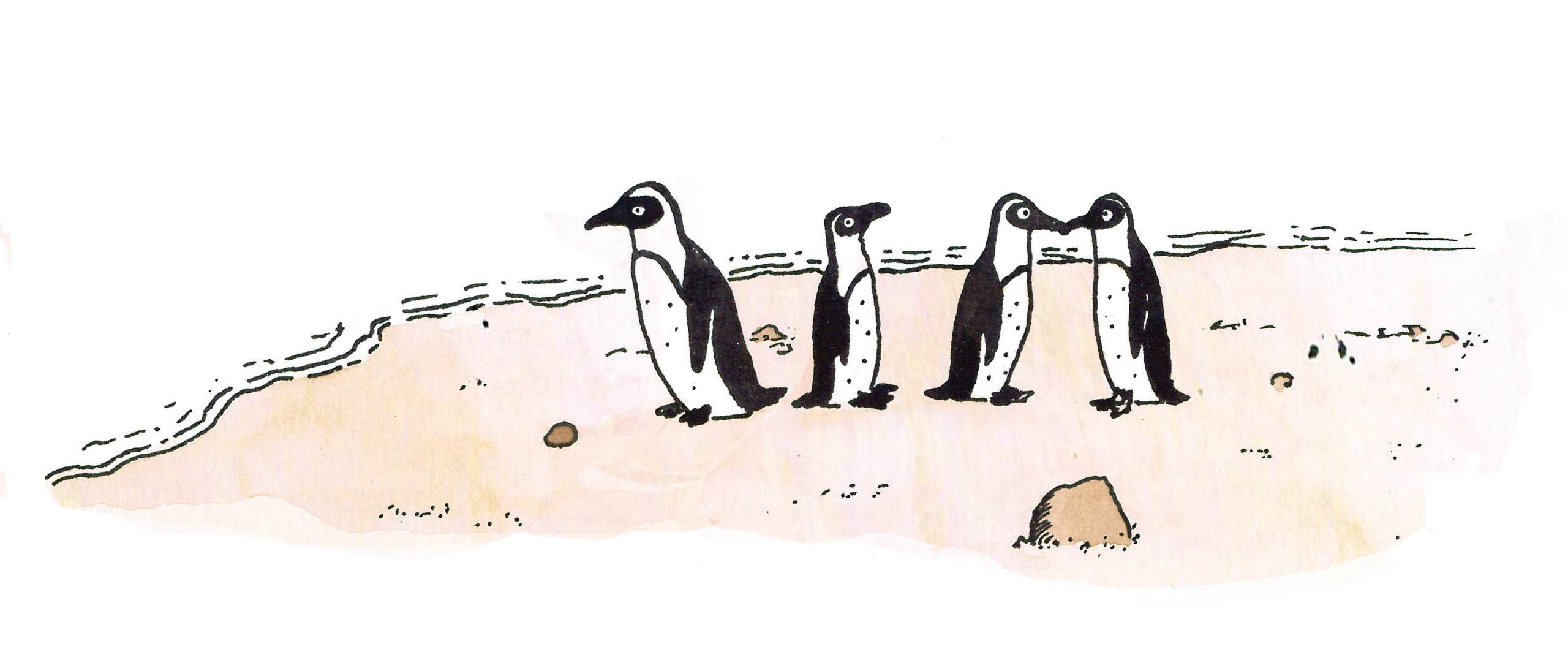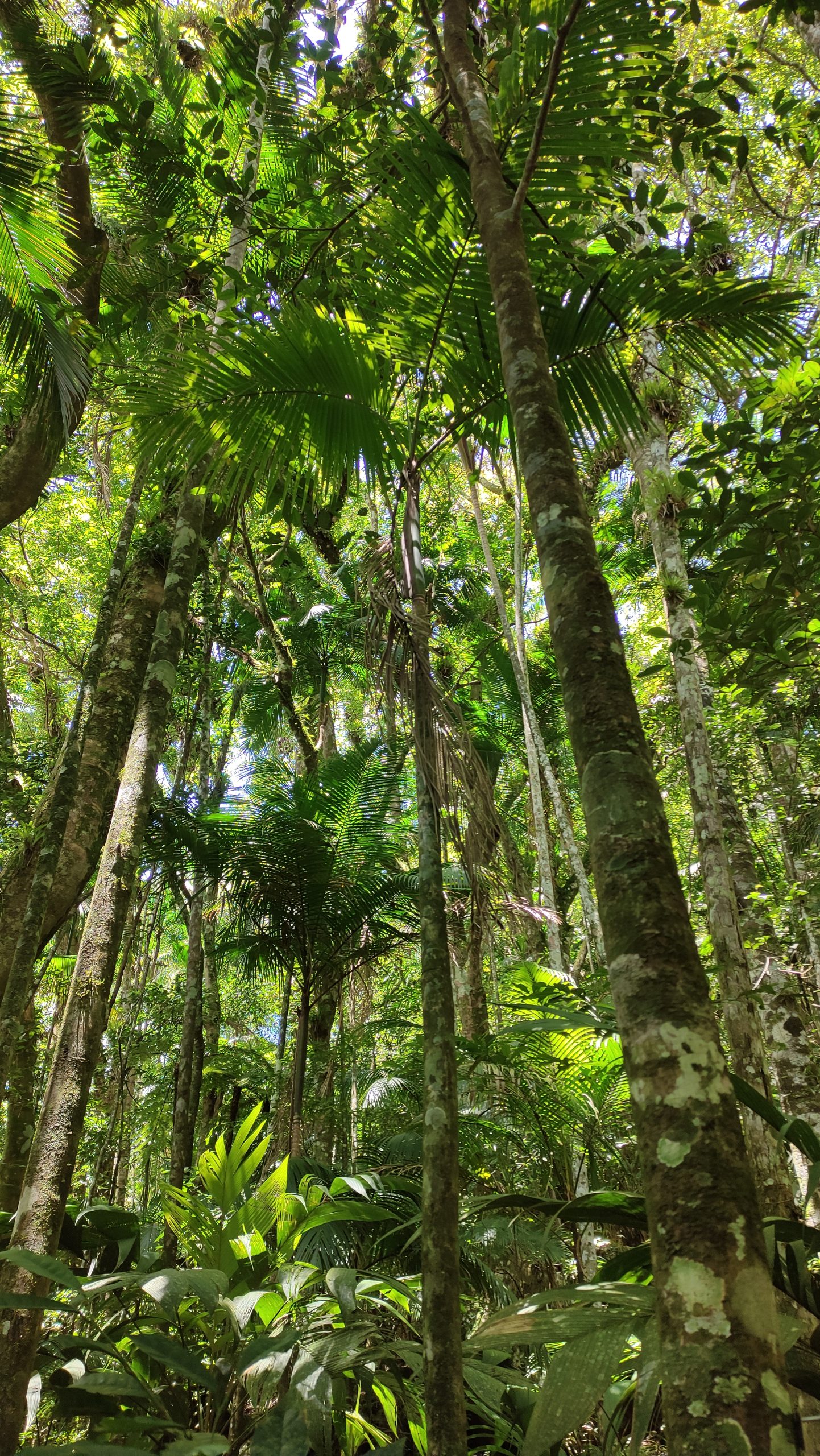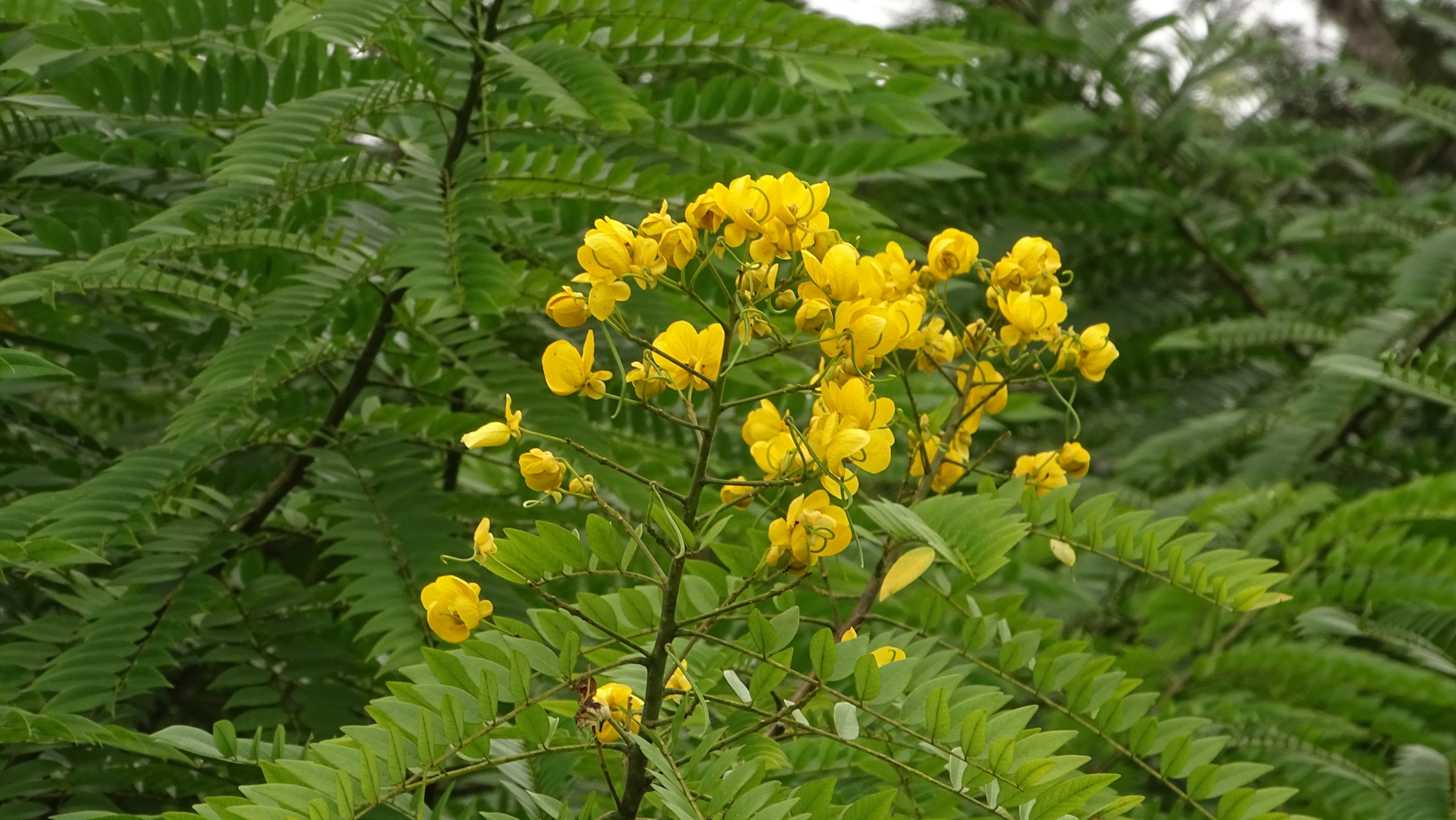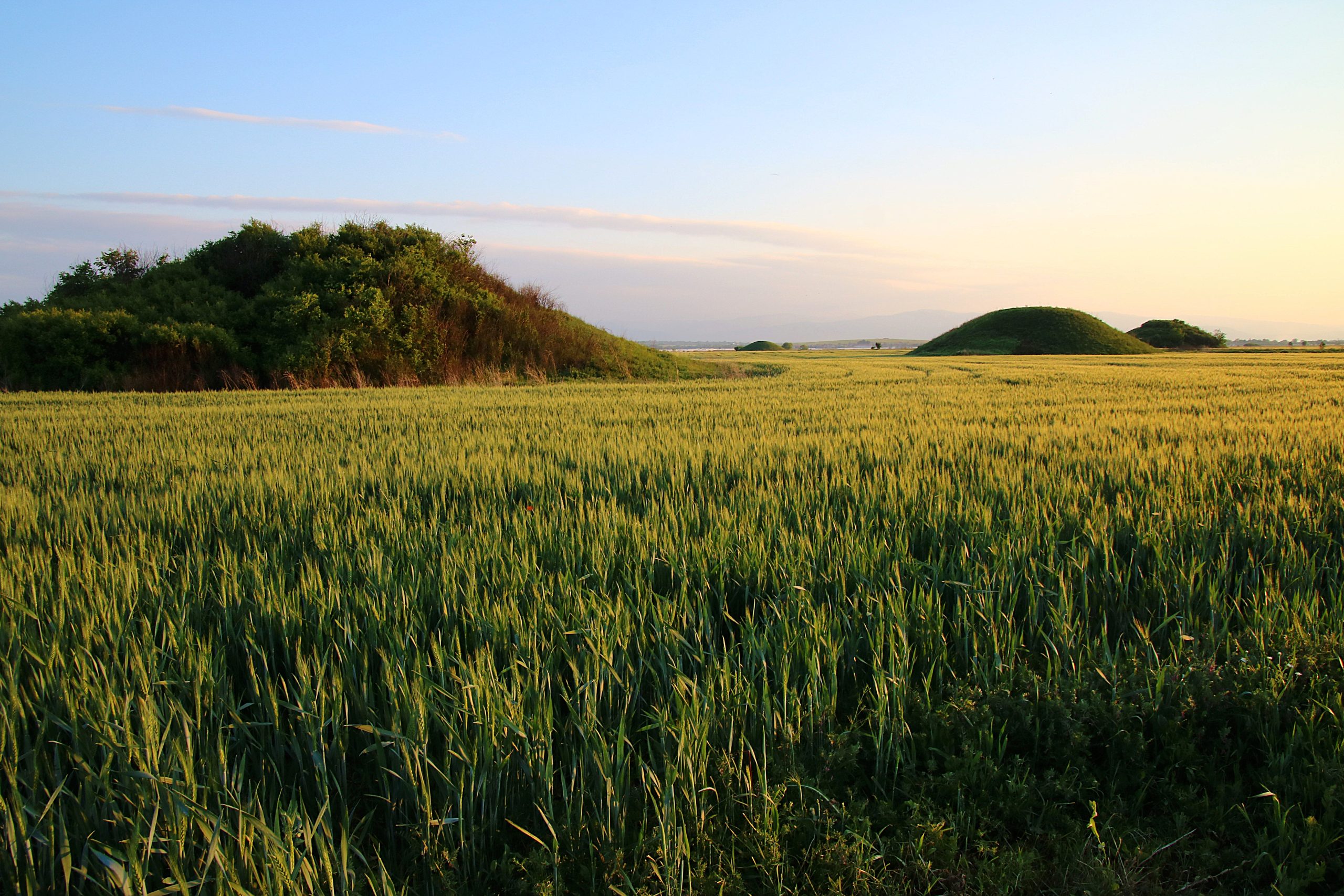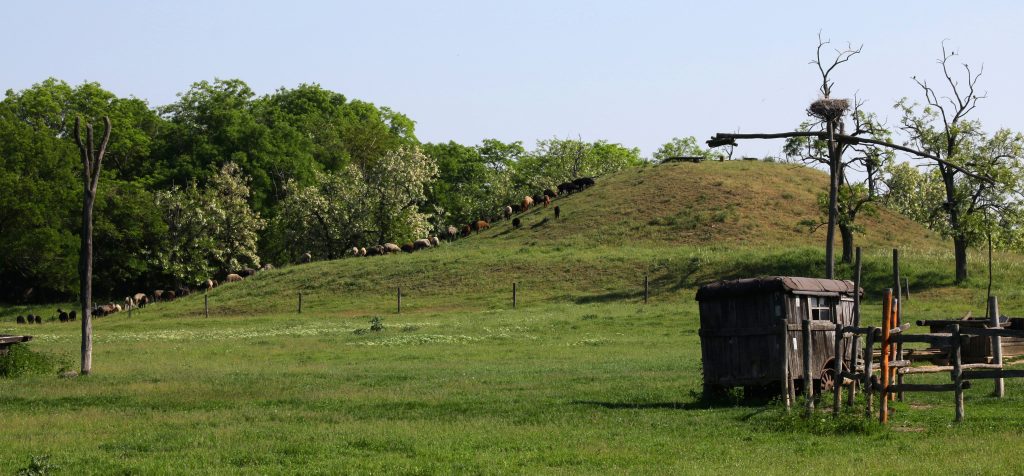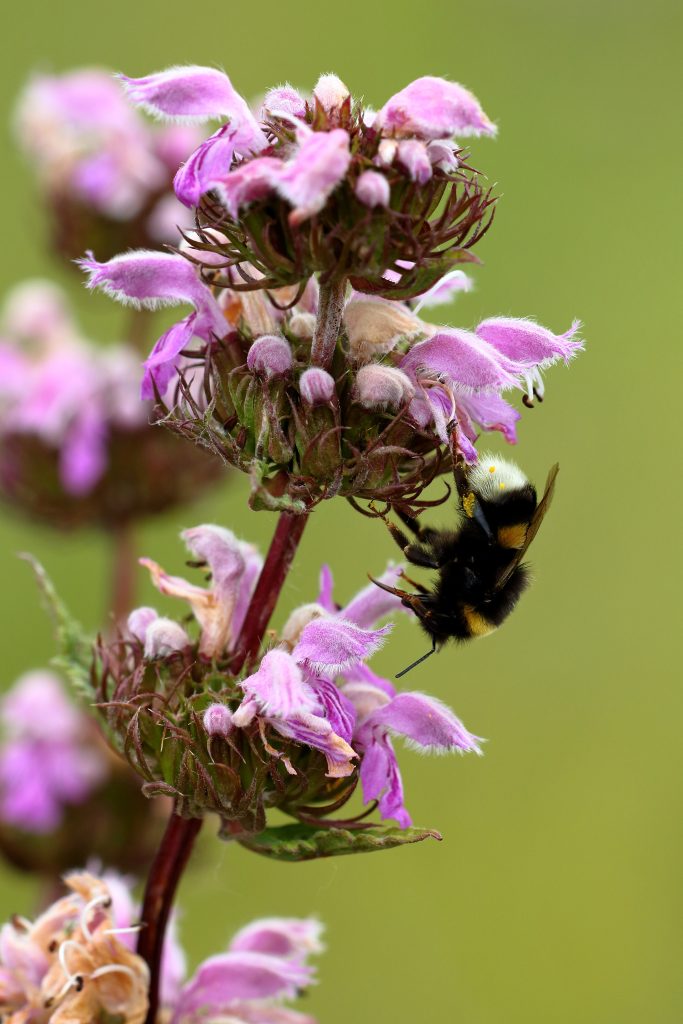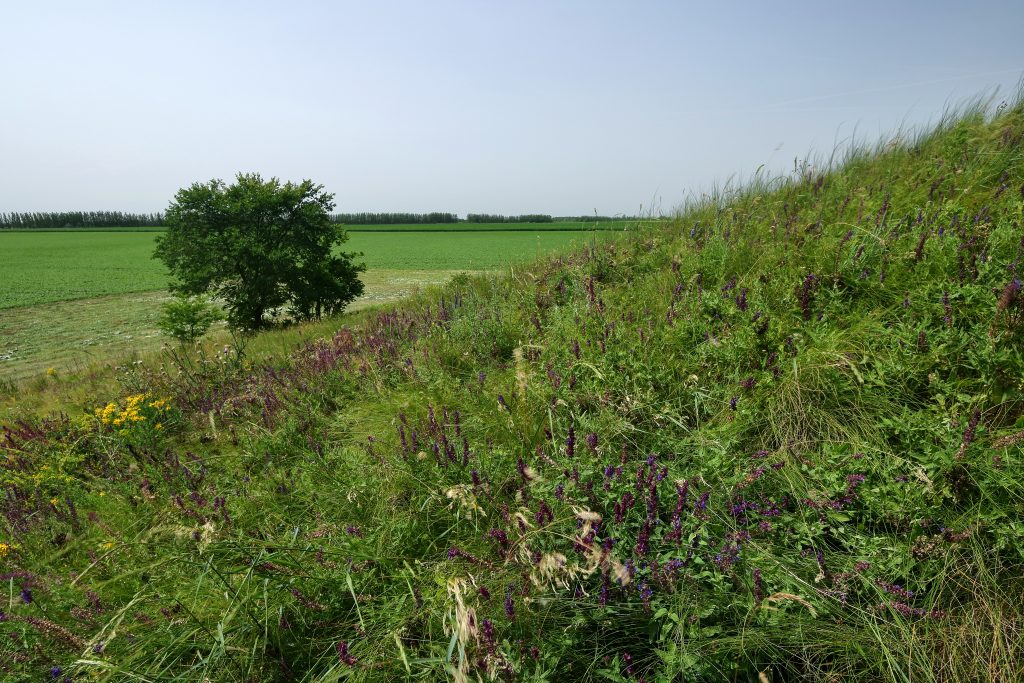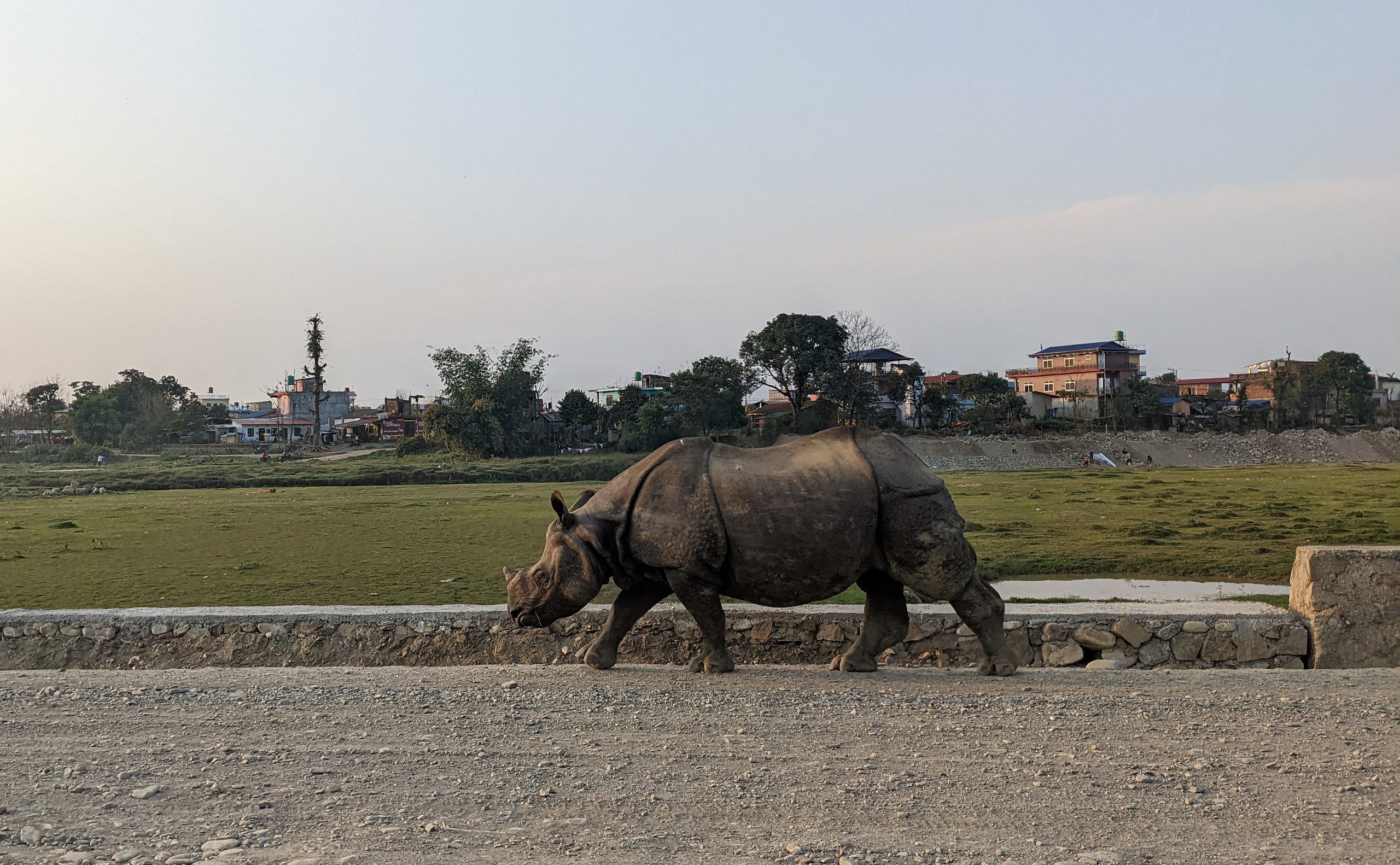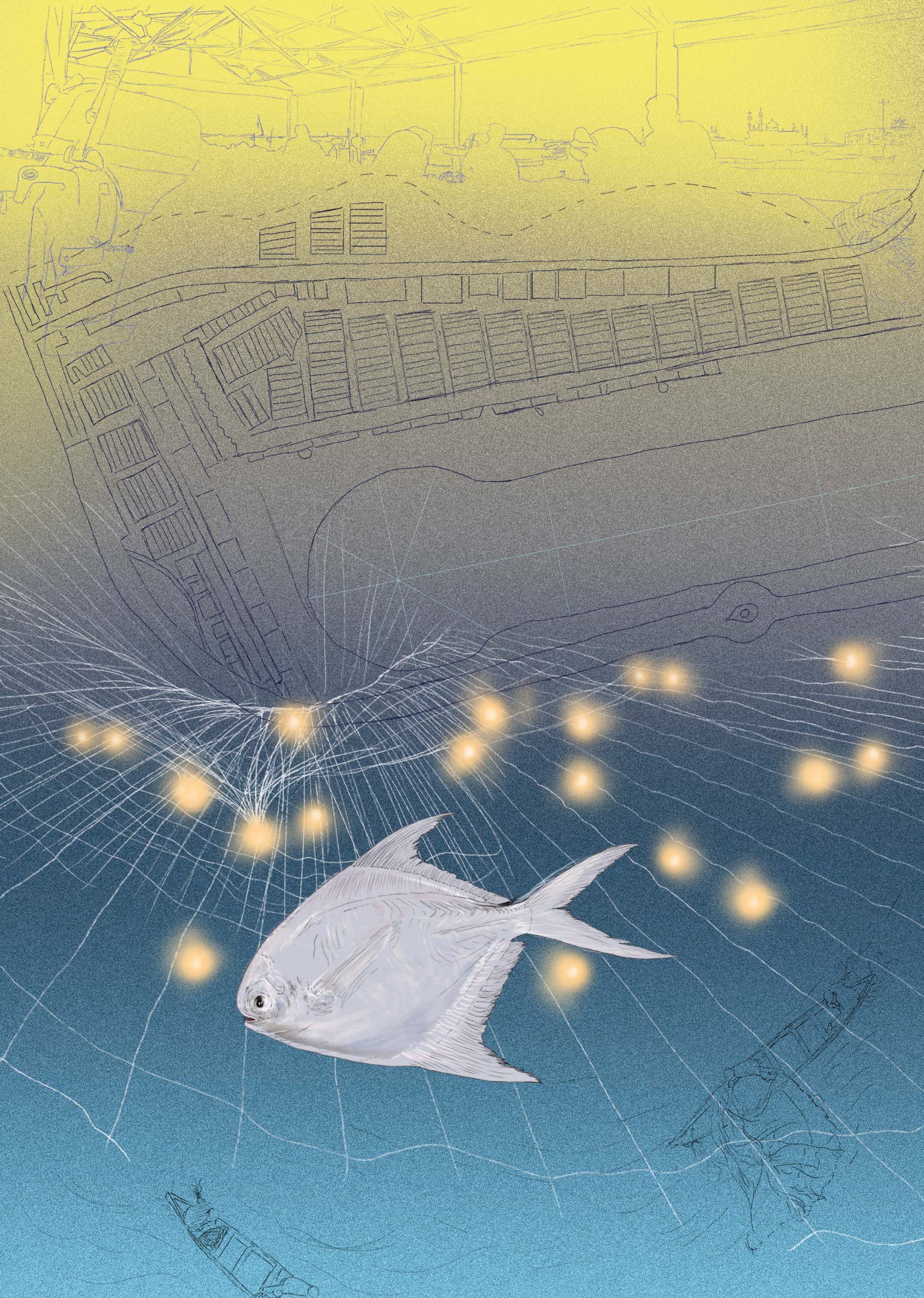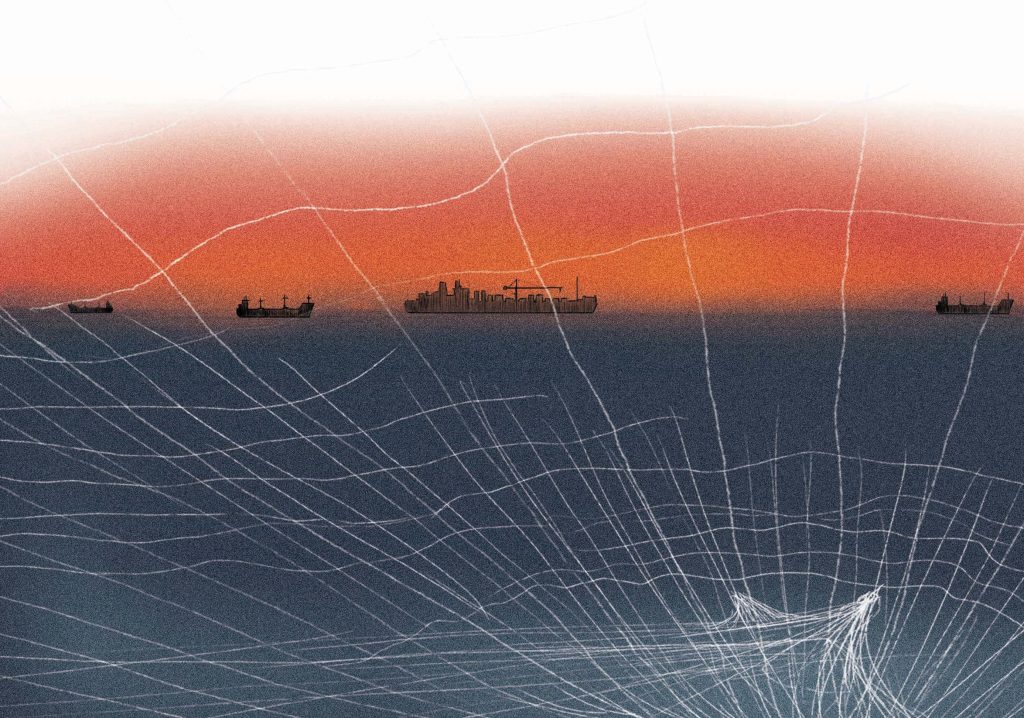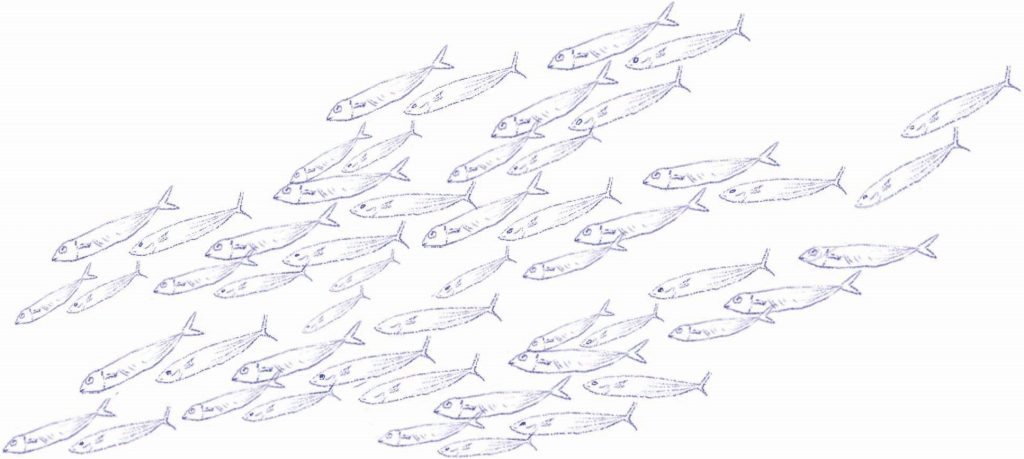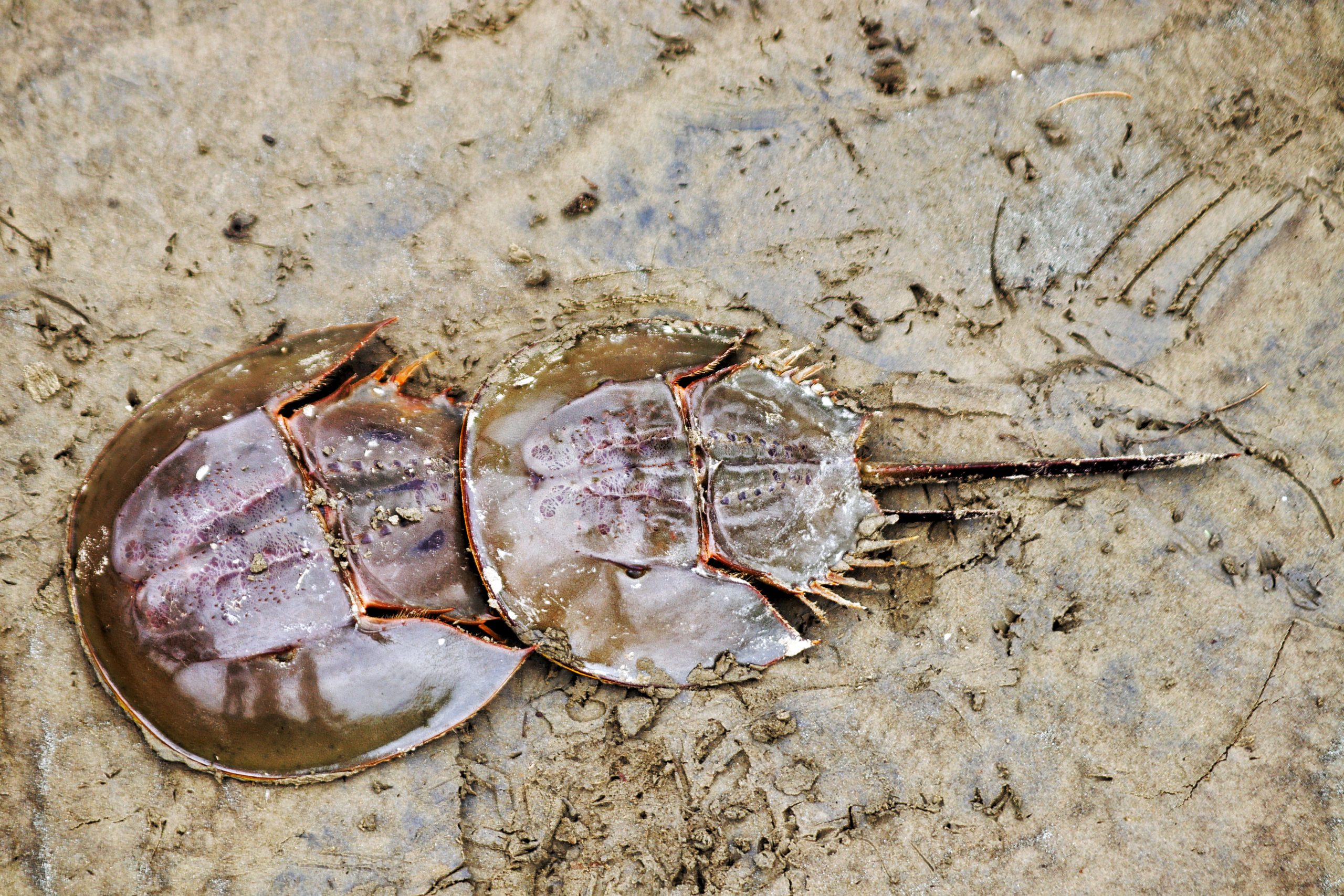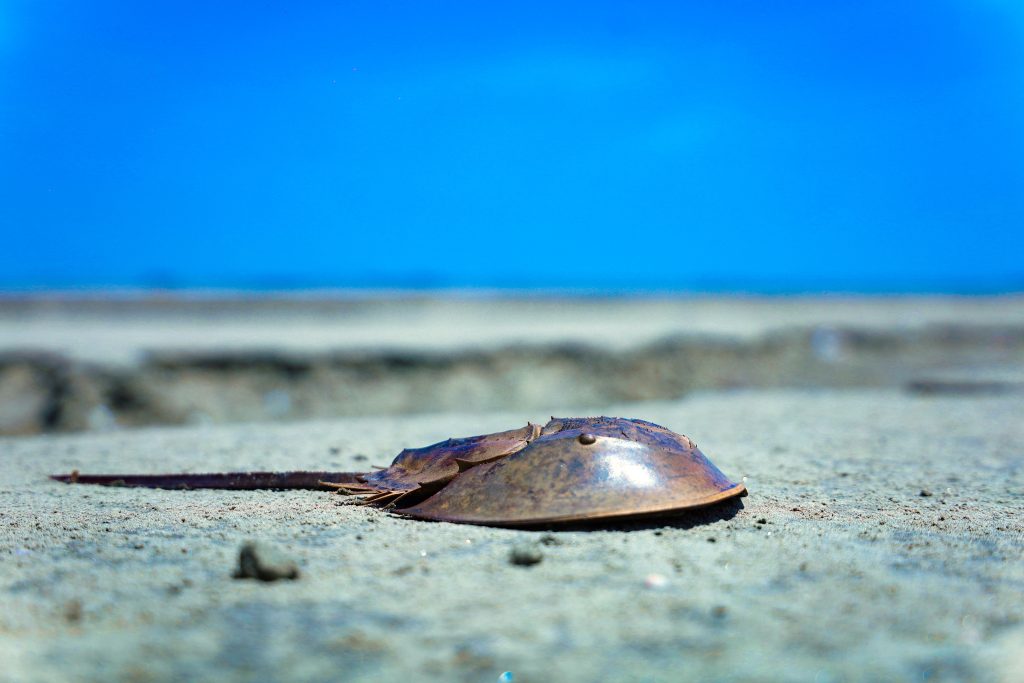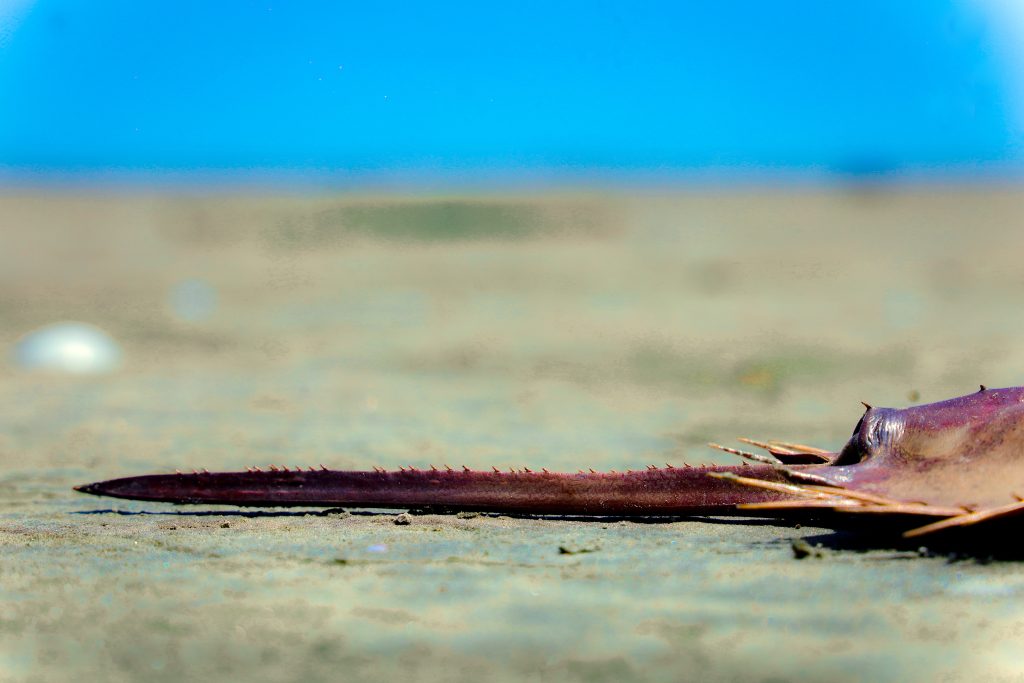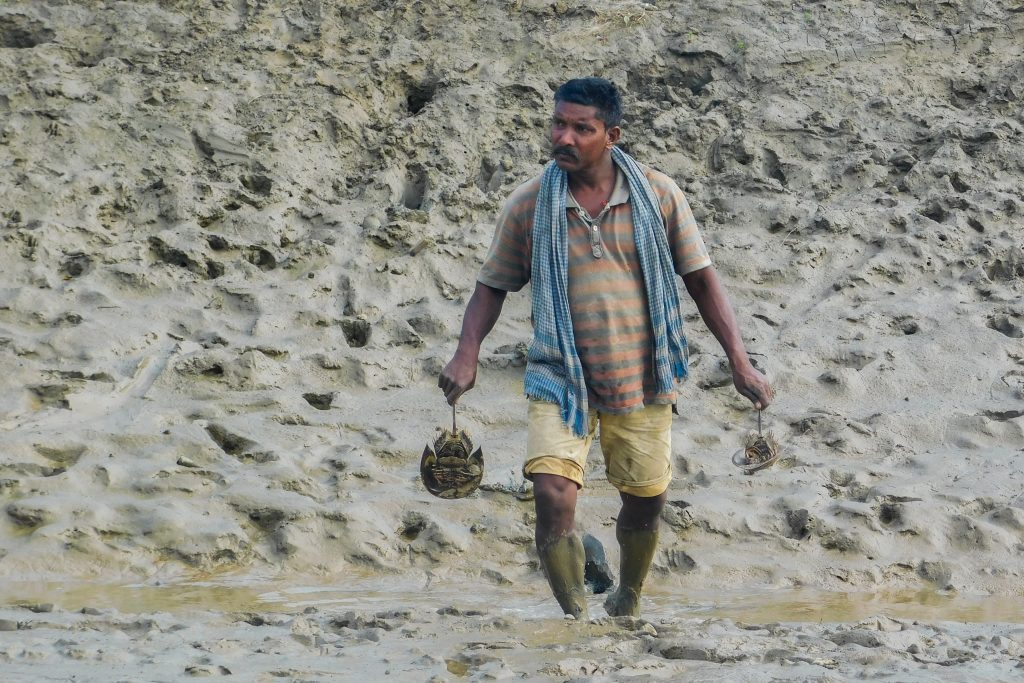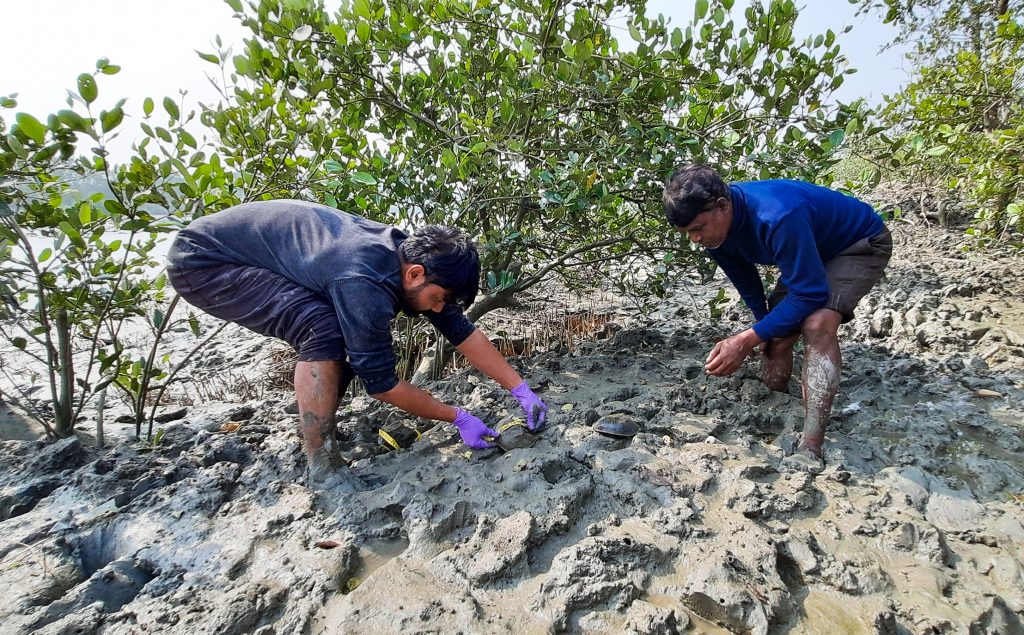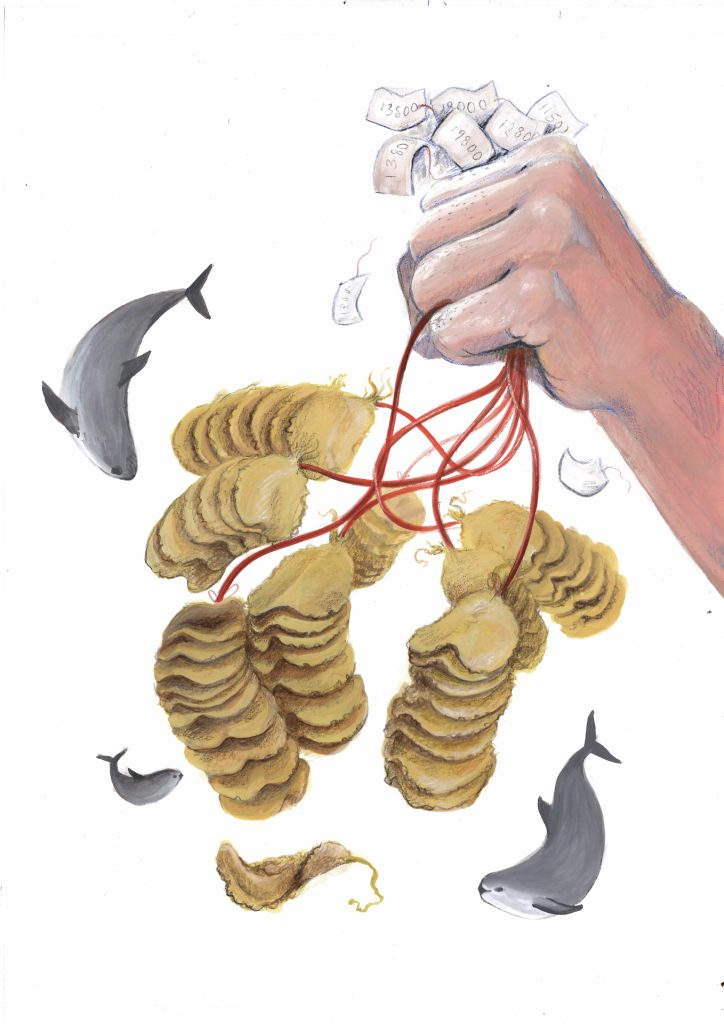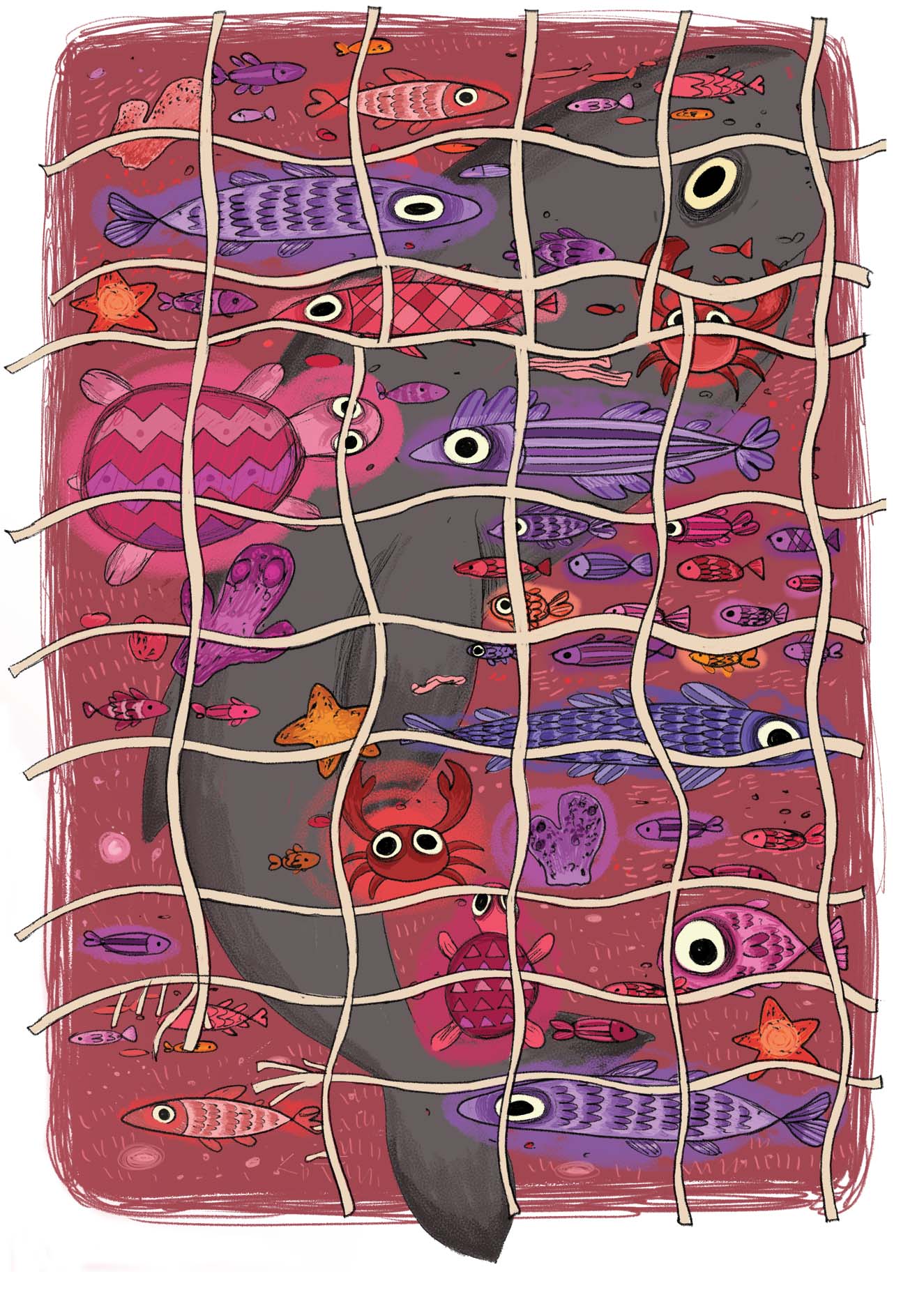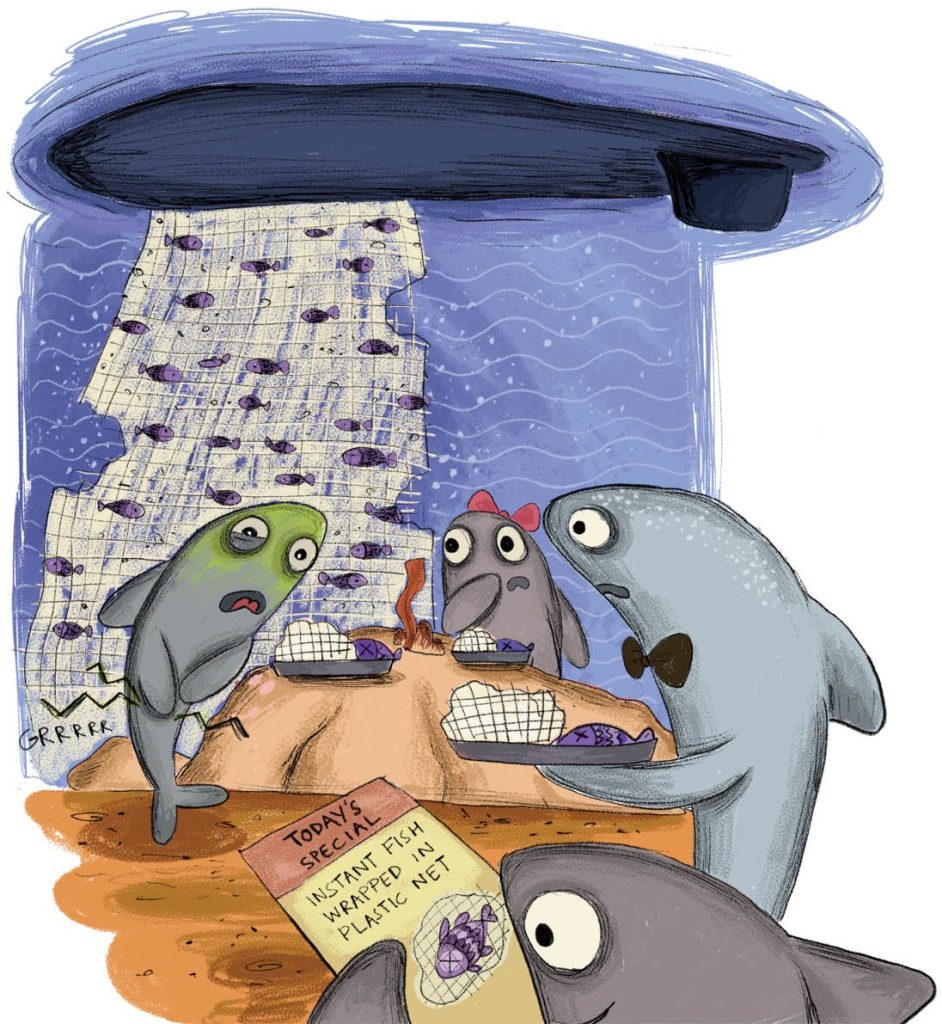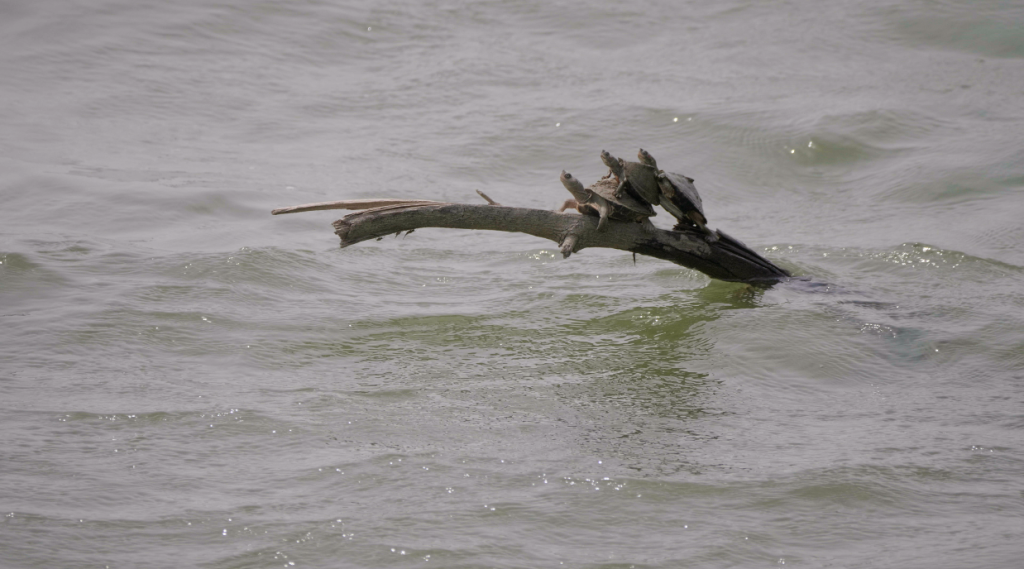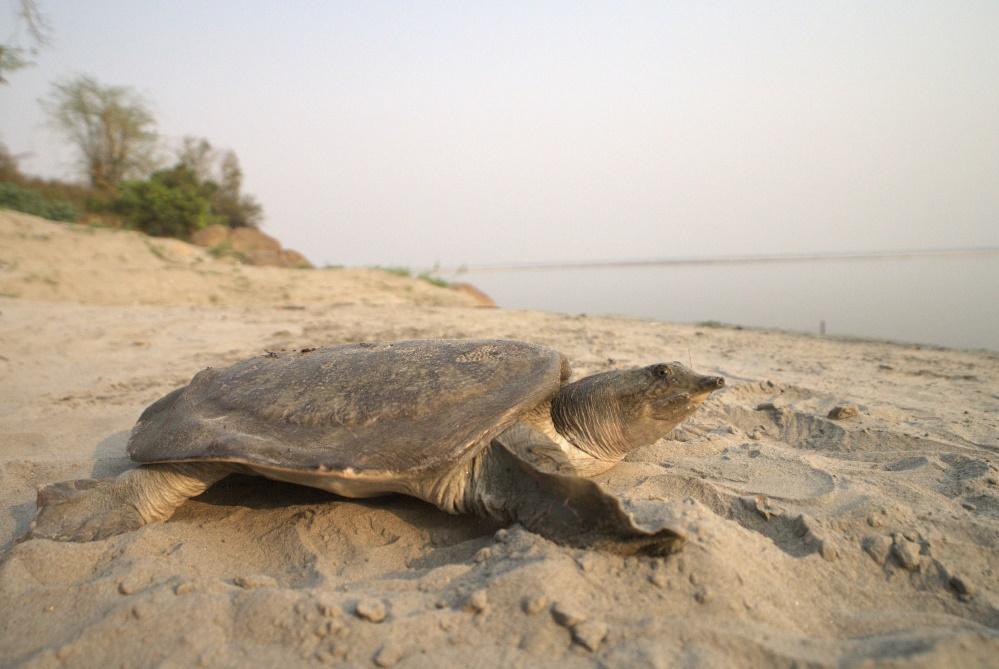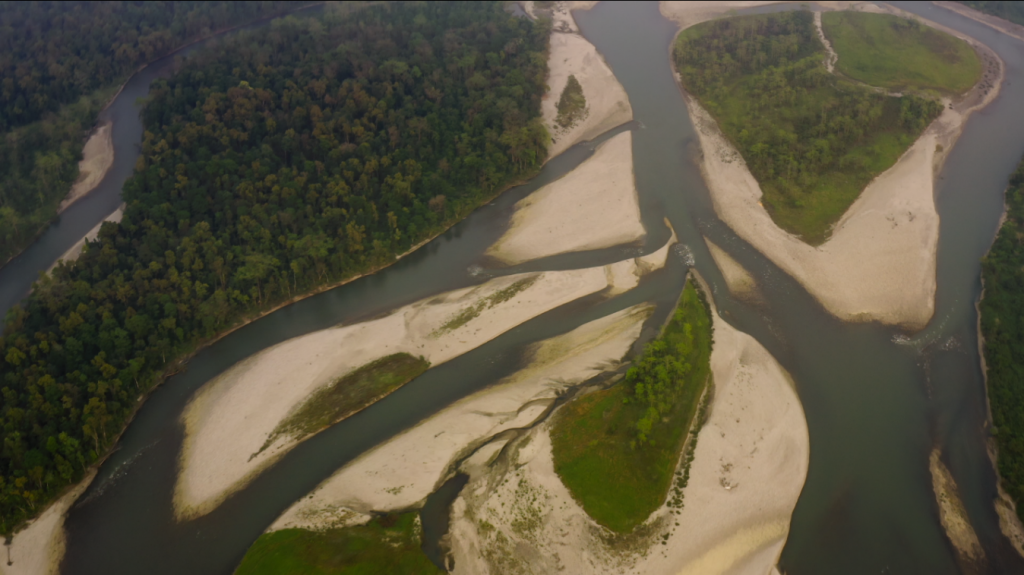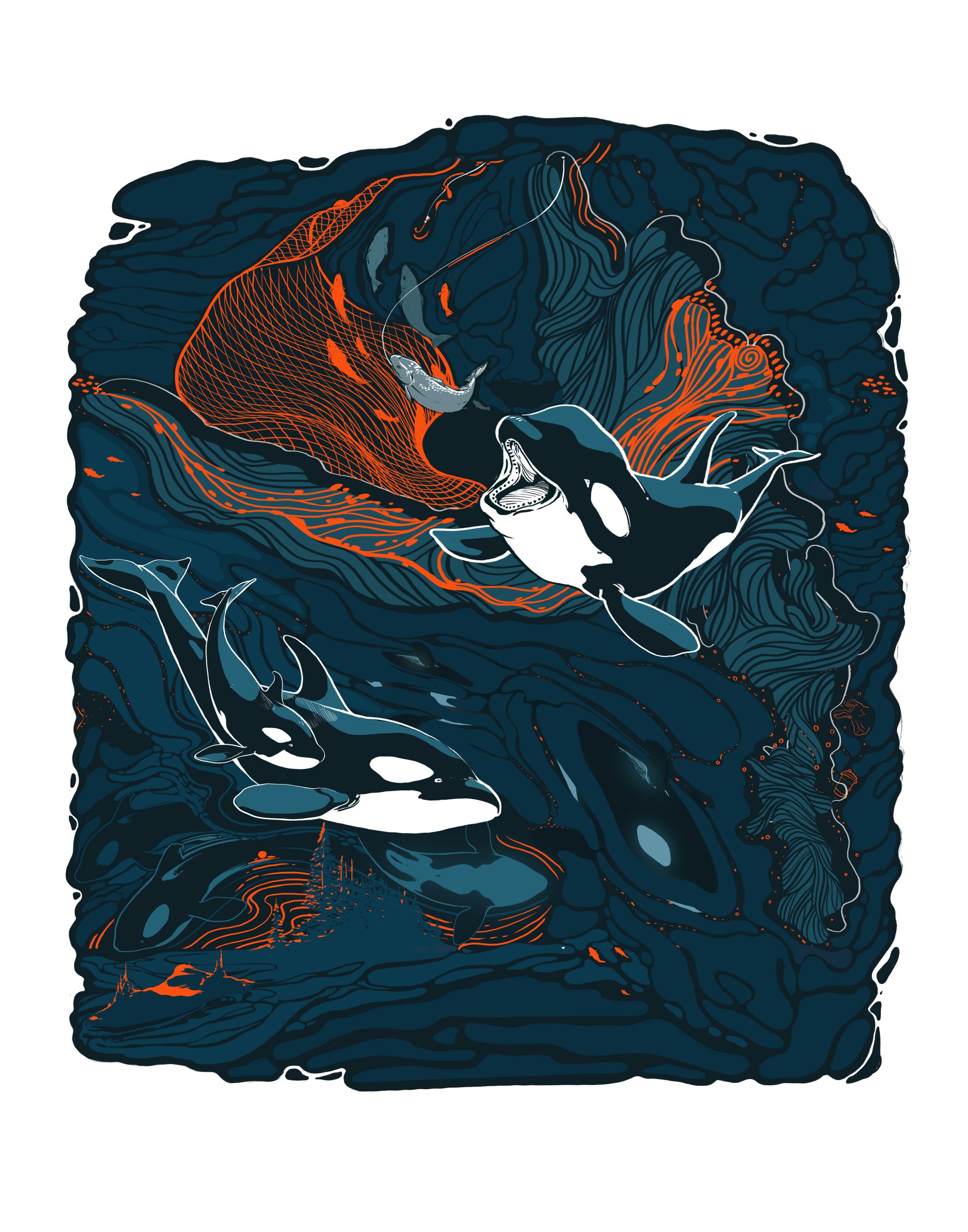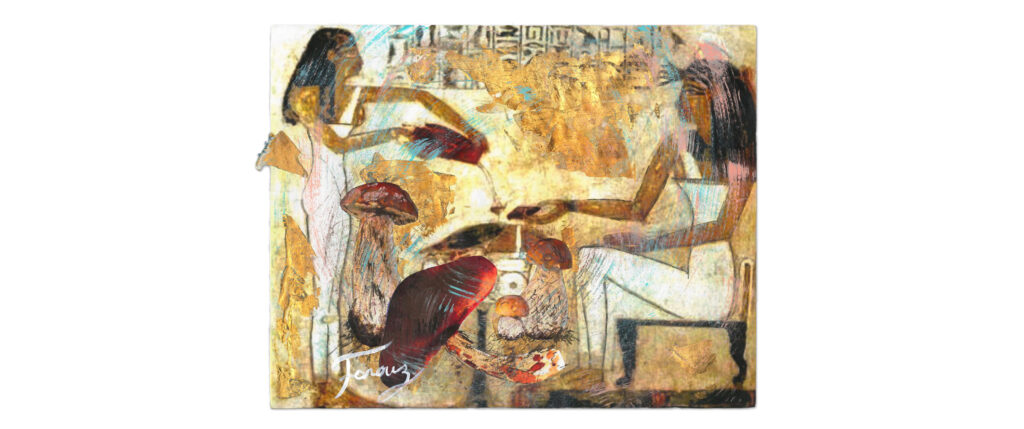There once was a tree.
A very special tree.
A tree so special, it could walk.
– – – – – – – – –
It could walk. It could run.
It could skip. It could dance.
– – – – – – – – –
It could stroll with the giraffes.
And race with the leopards.
It could even climb a mountain if it wanted to.
– – – – – – – – –
But all it did was stand.
It just stood there.
Staring at the sky.
All day. And all night.
Stuck in one place like any other tree.
– – – – – – – – –
“What a waste of a gift,” cried all the other trees.
Oh, if only they could walk and run and skip and dance.
The places they would go.
The wonders they would see.
“Oh if only we could move,” sighed all the other trees.
– – – – – – – – –
But the tree that could walk,
just stood there all day.
Staring at the sky.
– – – – – – – – –
Every morning the wind would stop by.
It would tickle the tree.
Rustle the leaves.
Shake the branches.
Puff its cheeks and blow.
But the tree that could walk,
would not budge.
It just stood there all day.
Staring at the sky.
“Such a waste of a gift,”
the wind would wheeze.
And blow away in a huff.
– – – – – – – – –
Some days
the clouds would drop low
to see this wonder.
A walking tree.
“Walk. Run.
Please dance.
We’ve never ever seen a tree
that can move.”
They would plead and pray,
drizzle and flash.
But the tree that could walk,
would not move.
It just stood there all day.
Staring at the sky.
“What a waste of a gift,”
the clouds would thunder.
And slowly slowly all drift away.
– – – – – – – – –
The animals, the birds,
the ants and the bees,
they would all come by.
To see if the tree had moved today.
Maybe an inch, maybe more.
But the tree was always standing there.
In the same spot. Staring at the sky.
All day. And all night.
Stuck in one place like any other tree.
Such a wonderful gift to walk,”
they would mutter and sigh.
And leave to return the next day.
– – – – – – – – –
The tree that could walk never said a word.
It would just stand there all day.
Staring at the sky.
– – – – – – – – – – – – – – – – – – – – – – – – – – – – – – – – – – – – – – – – – –
Now there was one more thing special
about this special tree.
– – – – – – – – –
The gayak bird.
– – – – – – – – –
This was no ordinary bird, the gayak bird.
It had wings like rubies and eyes like pearls.
A golden beak that shone like the sun.
And a song it would sing in a thousand voices, all at once.
– – – – – – – – –
It was the only gayak left in the forest.
Even maybe the world.
And it lived in this special tree.
Singing all day long.
Flying from branch to branch
to cloud to sky and back.
– – – – – – – – –
And the special tree would just stand there.
Staring at the sky.
Watching the gayak bird glide and dive, whirl and fly.
“Oh! If only I could fly like the gayak,”
wished the tree that could walk.
“The sky it would touch. The stars it would reach.
Oh what a wonderful gift it would be to fly.”
– – – – – – – – – – – – –
One fine night,
when nobody was watching,
and the forest had gone to sleep.
The tree that could walk,
spread out its branches,
flapped them like wings,
and jumped.
– – – – – – – – –
It flapped and jumped.
Flapped and jumped.
But all that happened
was thump, thump, thump.
It fell back to the ground
with a bump.
– – – – – – – – –
The gayak was startled awake.
It fluttered and flew out of the branches,
only to settle back again with each thump.
– – – – – – – – –
That night, when the tree was finally done jumping,
the gayak quietly went back to sleep.
It didn’t say a word. Nor did the tree.
– – – – – – – – –
Now this happened every night.
The tree tried to fly. But couldn’t.
But yet it tried. And it tried. And it tried.
Flap and jump. Flap and jump.
But thump, thump, bump.
– – – – – – – – –
Soon, this special tree forgot it could walk.
It just stood there. All day. In one place.
Staring at the sky. Waiting for the night.
To try jumping once again.
And maybe this time, fly.
– – – – – – – – –
And it would have stood there forever,
if it wasn’t for the greedy man that appeared one day.
– – – – – – – – – – – – – – – – – – – – – – – – – – – – – – – – – – – – – – – – – –
One day a man came along carrying a sack full of birds.
When he saw the beautiful gayak asleep high up in the branches,
he dropped his sack and began to climb the tree.
– – – – – – – – –
The special tree rustled its leaves and shook its branches.
But the gayak slept deep.
It hadn’t slept the previous night.
Waiting for the special tree to be done jumping.
– – – – – – – – –
The man climbed higher and higher.
Getting closer and closer to the gayak.
– – – – – – – – –
Now the tree decided to do something.
– – – – – – – – –
The tree that could walk or run,
spread out its branches,
flapped them like wings,
and jumped.
– – – – – – – – –
It’s didn’t fly,
but the man was thrown to the ground.
And the gayak awoke.
Startled, the man ran away.
– – – – – – – – –
Only to return a few days later.
– – – – – – – – –
And this time he came with an axe,
twenty coils of rope, a big cage,
and many more men.
They were going to catch the gayak,
and take the special tree too.
– – – – – – – – –
Seeing the men walk towards the tree,
the animals and the birds,
the deers and the bees began to shout.
“Run, special tree, run.”
– – – – – – – – –
The gayak woke up with all this noise.
And flew out into the sky.
– – – – – – – – –
The clouds came down low and shouted too.
“Run, special tree, run. Save yourself. Run.”
– – – – – – – – –
The tree that could walk and run,
spread its branches,
flapped them like wings and jumped.
– – – – – – – – –
The men were startled at first,
but soon they began to laugh.
How strange a sight to see
a tree that thought it could fly.
– – – – – – – – –
The wind came by now, and huffed and it puffed.
“Run, special tree, run,” it wheezed.
But the tree simply flapped and jumped.
Flapped and jumped.
Flapped and jumped.
– – – – – – – – –
All the other trees rustled their leaves
and shouted, “Run, special tree, run.
Save yourself from the greedy men.”
But the special tree simply flapped and jumped.
Flapped and jumped.
Flapped and jumped.
Getting more and more tired
with every jump.
– – – – – – – – –
The men wrapped their ropes
around the tree and held it tight.
Some began to climb,
collecting the ruby feathers
that the gayak had left behind.
– – – – – – – – – – –
Suddenly.
– – – – – – – – –
Suddenly the tree began to rise in the air.
The animals, and the trees, the birds and the bees,
all began to cheer.
“Fly, special tree, fly.
Fly away from these wicked men, fly.”
– – – – – – – – –
The men were thrown to the ground.
Their ropes snapped as the tree broke free.
And the special tree flew away.
– – – – – – – – – – – – –
But did it really fly?
And did it really reach the stars and touch the sky?
– – – – – – – – – – – – – – – – – – – – – – – – – – – – – – – – – – – – – – – – – –
No.
It didn’t.
– – – – – – – – –
It did not fly, no.
It was the gayak that saved it that day.
– – – – – – – – –
This was the other special thing about this bird.
It could lift the heaviest weights if it needed to.
But the weight would hurt its wings,
and it would never fly again.
– – – – – – – – –
The gayak knew this.
And yet it carried the special tree to safety.
Hurting its wings along the way.
– – – – – – – – –
The special tree was sad.
It shook its leaves, and hung its head.
If only it had run today, its friend the gayak would still be flying.
It realised what a silly fool it had been.
– – – – – – – – –
But the gayak, it began to sing.
It sang in its thousand voices, all at once.
It sang the most beautiful song the forest had ever heard.
And as it sang, the special tree took a step forward.
Then another. And another.
– – – – – – – – –
With each step, the tree that could once walk,
but had forgotten it could walk,
began to walk again.
Carrying with it, the gayak with the broken wings.
– – – – – – – – –
They strolled with the giraffes.
And raced with the leopards.
And climbed with the goats.
– – – – – – – – –
They danced for the clouds.
And twirled with the wind.
They travelled north, south, west and east.
Even further than the gayak had ever gone.
– – – – – – – – –
And the gayak sang its song the whole while.
– – – – – – – – –
They went back to meet all the trees
in the forest where they lived before.
And told them of all the places they had been.
All the wonders they had seen.
– – – – – – – – –
‘Oh, such a special gift,” sighed all the other trees.
“To walk, to hop, to skip and to jump.
To dance, to twirl, to whirl and to run.”
“And oh yes, to sing.”
– – – – – – – – –
“Indeed, wonderful gifts,” agreed the gayak and the special tree.
– – – – – – – – – – – – – – – – – – – – – – – – – – – – – – – – – – – – – – – – – –
